Pre-Event
It has to be said that this was a triumph of perseverance and solid effort.
We need to remember that at the closing of the 2019 WFTC's in England, the South African Delegation made the required presentation / invitation under the same motto.
As life would have it, CoViD struck and the whole world had to make a "stop". As time passed and things happened, we all wondered what would happen, and then the FIDASC (Italy) volunteered to host the 2022 WFTC's. Which allowed the SAFTAA to re-gather forces and re-launch the idea.
At the end of the 2022 WFTC's we all viewed the invitation with some trepidation. Economics were not fully recovered, travelling was still a mess of sorts (lots of different regulations as to tests, masks, and vaccines), and South Africa just felt so far away....
In this specific vein, we have to thank Lauren Parsons, that, being a native-born South African made great efforts to convince everyone that the trip was doable and would de be enjoyable.
Greatest thanks need to go to the South African organization; they persevered, and they put together a great shoot! THANKS SAFTAA!
Now to the trip:
Having grown up reading the tales of Jim Corbett, J.A. Hunter, J.H. (Pondoro) Taylor, and others, it was ingrained in me that travels to Africa required packing light:
Some decided to take an extended holiday and take part of the family
Some others couldn't take the time off and we decided to be the "second wave".
We coordinated flights out of Atlanta, the stay at an "AirBnB" place, and the rental of two cars for the 5 of us (The Fantastic Five, LOL!).
Why two cars? Cameron thought that there would be far more bags than people (which was true in the end, LOL!)
So, Cameron took one car with David Alsup and Lonnie Smith and, with Leo Gonzales, I took another car .
For dinner we headed out to the only place nearby that was open called "On 21 Bistro", and had our first encounter with Biltong and local Karaoke... but that is another story ;-)
So we stayed the night near the airport and next morning we headed out to "Commando Nek"
It seems that in Afrikaans, "Nek" plays the same role as the French "Col", which would translate to the American "Pass". Meaning a route that is a bit lower than the mountains surrounding it.
Near the pass, there was a dam and around that dam, villages and "resorts" sprouted.
Our lodging was located in a fenced/gated community that bore the name "Mount Kos Estate"
At first, we were shocked by the mountain-goat "road" that led up, and up, and up; to the house, but the view was worth it.
Not only is it the "Cradle of Humanity" (ALL currently living humans descend from an African Female that lived about 200,000 years ago, for a scientific explanation, read this).
It is a magical place where wildlife is a spectacle unto itself.
Of course we needed to "live a little" of Africa!
How else can you justify flying 16:30 hrs. just to get to another continent (and that excludes the continental travel within the USA) and not do anything else but shoot airguns?
;-)
No, we wanted to do a bit of sightseeing.
Of course, there are no grand buildings, cathedrals, historical places, art museums, or any of the more traditional sightseeing things we usually experience when the WFTC's are held in a European venue, but Africa is Africa! You need to take it all in as it is. And so, we drove a couple of hours to Pilanesberg National Park and what a place!
We got to see some amazing animals, in a pretty "natural" setting (it is not completely wild because wildlife in Africa is under severe pressure from illegal hunting, mostly driven by Chinese affluence and their desire for traditional "medicines" and "remedies" that incorporate wild animal's organs, or parts). So the place is fenced and guarded. Still it is a HUGE place (I believe something like 50,000 acres).
If I have my way, we're returning in about 5 years time, when the kids are more up to some real adventure and we're camping there!
Just a taste:
Finally, like a fleeting shadow, a large female passed by; with a pace that seemed slow, she covered 100 meters in less than 5 seconds, only to disappear behind some thorn bushes, so, no picture, sorry, but it WAS the highlight of our trip to Pilanesberg.
On the way back we stopped at a local chicken joint, and I have to say that nowhere in South Africa did we get bad food. At every single place, whether humble or gourmet, it was good.
The 2023 WFTC's experience
Alas, when you are a gunsmith, you do not have that luxury.
I started the preparation well in advance, but then about mid-way, I got entangled in something I should not have and ended up spending valuable preparation time on a gun that, after delivery, was returned.
Against all policies, and all normal practices, I just returned the money so as to not deal with the very disagreeable person at the other end of the phone.
¿Could I have hung up and simply ignored him? Well . . . that's not who I am.
But let's get back to the story.
A "jinxed" rifle
¿WHAAAAT?
LOL!, yes, an alternate. I had been toying with different materials and architectures for sliding compression chamber (SCC) airguns: TX200, HW97, HW55, D430, D460/K98, D48, D54, and maybe others that escape my mind now.
In these cases, there is no TENSION on the piston's body, only slight compression, and the function of the piston's body is just to carry the linear bearing that keeps the whole assembly aligned to the compression chamber's axis. Yes I know that some favour skirt-less pistons, but let's face it, alignment between two points that are an inch or so apart and two points that are full 4" apart is much better in the latter case than in the former, good alignment causes less chatter, and less chatter creates less vibrations.
So, I built a piston for my LGU (bought second hand from a GTA member that shipped it with a pellet in the chamber, LOL!), and had proven to be a very stable platform. If the technology was able to mature, then the lessons learned could be applied to all other SCC guns.
The piston gave good results, after as much shooting as other projects allowed, I started going to competitions with it and found that the gun was accurate and stable. Not so much the scope (more on that later), but it was manageable, as long as weather was constant (Ha! Opium dreams, LOL!)
The piston underwent a full 10 tins of BFT pellets (about 4k shots), plus all the other shots for warming and preparations for each session, so in all, I would say about 5k shots. And I was confident until the last competition before the worlds (Palmyra), where the MV started wandering all over the place.
Still, because I had this very complicated gun in the queue, I decided to ignore the signals, preferring to think that the spring was finally taking a sag. And so I embarked on the trip.
I always disassemble my rifle for air travel. Too much at stake in the "hands" of the blind and dumb conveyor belts that move most of the baggage through airports. Let alone the people that man the upward band elevator that puts all the bags into the belly of the plane (if the bag doesn't miss the entrance and then falls from 12ft down to concrete).
Upon arrival to Johannesburg, the guns had to be inspected.
We were asked for our "certificate"; apparently something you buy at the SA embassy/consulate, or your Safari operators buy for you to specify which gun (brand, model and serial number) is entering the country.
When we said we didn't need them, the guy went ballistic and insisted; we coolly, and collectedly, informed him they were airguns, but he insisted (it seemed his command of the English language was somewhat limited), he insisted, and we insisted. After about 4 tries, he went to look for a supervisor (a woman), and she came storming in about the need to have the certificates for the "firearms". So, we explained to her they were NOT firearms. That they were air-rifles and they were sub 0.22" caliber.
"Ah!, Oh!, yes, sorry! " and then to the "inspector" (in their own language, something that sounded like "yes, these crazy Americans are coming to Africa with BB guns!, Let them through!"
LOL!
What I had not noticed was that in the process of "verifying" the gun that was disassembled, they had taken out the stock and somehow managed to loose the part that linked the adjustable "wings" of the buttplate to the baseplate. And so, when the case was closed, a crucial part was missing already and nobody knew...
That was Jinx #1
When I tried to assemble my gun, . . . Lo and Behold! I had no way to connect and assemble the buttplate.
With my good friends, we took a dive into a hardware store as were returning from Pilanesberg, and found a way to get it working using a "T toggle anchor". Not as fully adjustable as it should be, but workable.
A few days later, we found out during the ALWAYS SO IMPORTANT first private shooting day, now a standard practice for the US FT Team. The gun started spitting pellets that could be seen in flight.
So, for the first time in my 12 years of going to the WFTC's I had to disassemble my gun and see what the heck was happening inside. That was #2
In here, the architecture of the LGU played an important role: Pre-load of the spring was barely 16 mm's, and disassembly was far easier than it would have been with a DIANA 54.
With the good help of my team-mates I was able to disassemble, semi-correct the problem and re-assemble the gun. I HOPED the correction was enough.
Hopes were shattered by the harsh reality of international competition. NO errors are pardoned, NO sins are forgiven. It is relentless, unforgiving, punishing of man and machine.
First day the gun was behaving properly at the sight-in range in cool weather but, when it warmed up, on the lanes, everything went haywire. Scope changed POA by more than 1¾ mRads and I was chasing my zero all over the place. That was #3
And, to add insult to injury, I discovered that the stock screws had come loose when we were 5 lanes from finishing the days shooting! That was #4
For the first time in my life, I posted a score under the 50%; WAY below the 50%, LOL!
BUT, as we learned in Italy "Never give up, never surrender".
As punishing as it is to skunk lane after lane, a true shooter never gives up.
The first day ended with a disastrous score.
I took the gun apart, and reduced the size of the head to where it had "reasonable" tolerances, then assembled the gun using some Teflon lube that Cameron had and put the whole thing together again.
as painful as the process was, it was heartwarming to see and feel my teammates support.
Early in the morning, we adjourned to the sight-in range, and I proceeded with the whole setup process.
I was squadded again with Jacques Fouché, a young chap that had posted a more than respectable score on the first day.
As we started shooting things didn't look well till I could spot a few misses and then realized that the gun was settling in and that I should probably go back to the original range card. I did.
And as soon as that was done, things shaped up.
Now, don't get this wrong, in a WFTC's, ALL courses are hard, but some are harder than others. Particularly, blue targets in the vegetation's shadow are VERY hard to range (my day 1 course). And it is almost impossible to spot your misses after the first 3 or 4 lanes have been shot. My advice to MD's is that, IF they want to choose blue as a color (a permitted color under WFTF rules), please choose the lightest blue possible.
In any case, we were blessed with overcast skies and rather even temperature for the duration of the session, and, luckily, the results showed:
For the third day, I was paired with a different squad mate, and we also experienced a rather pronounced change in ambient temperature, from the cool 70's we rose at, to the medium / upper 90's (very hot for a South African end of winter) , and that is what kept me looking (again) for a wandering zero.
I THOUGHT that I had pretty much got the temperature drift quantified, but the results show that the drift is not linear, but produces a sort of hysteresis curve, where the POA depends not only on the temperature, but also on whether the scope is heating up or cooling down. When you go from shadows to sun, clouds to wide open skies it is impossible to keep track, and so I spent most of the third day trying to find a zero, just to see it change as soon as I thought I had it.
Results were not AS BAD as the first day, but clearly the scope setup is not up to the tasks demanded in a world class FT shoot.
As a note: I have come up with a different way of setting up the mounts and, in principle, there is a huge improvement (that will be another story....).
In the medium run it may also mean that I need to start "clicking"; something I have resisted for many years as a waste of time and running the very real risk of "being one turn out".
I have a few scopes I want to test, and I will take it with a grain of salt, because clearly, this is something the scope manufacturers do NOT want to talk about.
So far, tests have shown that some scopes that do not change POA with temp, change the ranging. And some scopes that are of "lesser status" seem to be more consistent with the POA than scopes that are "high end optics".
For years I shot SIGHTRON scopes, but they lost the course and started offering things that are not as useful as others, perhaps with the new S6 they will re-consider and offer a truly useful reticle for FT. We'll see.
But enough of my woes, let's talk about the courses.
The collective memories of how the courses were setup
So, I decided to recruit the help of my team-mates and achieved some sort of consensus about how the courses were laid out and why it was a TOUGH match (look at the scores of the top shooters and you will see that it was a hard shoot, compared to the scores of the same top shooters in previous years), here are some notes:
Comparative Difficulty between US courses and WFTC's:
The Springer Team feels that the performance was "up to par".
The fact that the Team members made the 1,2,3 AND, a somewhat bitter-sweet, team 1st, tells you that experienced shooters know what to expect at a World's.
USUALLY our PCP guys post much better scores, but in the case of the SA WFTC's, the course was laid out and was demanding of much more than simply good shooting.
a) There was a blue course that had most targets deep into the "veldt". The stark contrast between the very bright SA sun out in the open and targets in the shadows, made the blue course very difficult. In this sense, I can only think of TWO instances in the US courses where this happens.
b) There was a constantly variable wind. The courses were laid out between a basalt "Karst" and a dam/artificial lake. The thermals and the currents created by that peculiar arrangement were very tricky, constantly changing in direction and intensity.
c) Almost all lanes required a position change between first and second shot. This plays not only to the NSP / NPA, but also to the psychology of the shooter and the wind direction (and therefore real value).
d) Yes there was some walk involved, I would estimate about 2.5 miles to walk to the courses, then shoot them and then return to the central lodge.
e) Distances / Ranges were LONG. 80% of the targets were located in the 40-55 yards region and full 50% were between the 50 and 55 yards region. The positionals pushed the limit of the allowed ranges and, in fact, two had to be declared illegal for being too long. Among all the targets, only about one or two per course were 15 mm's reduced, and about five per course were in the 25 mm size, but placed at 32-38 yards.
Other factors that are at play in the WFTC's:
a) You are flying between 6 and 18 hours to get there. And there is a 6 to 16 hours time-zone difference that you need to absorb into your system.
b) You are also eating strange things and drinking, socially, at least.
c) The anticipation and the stress of an international competition is what it is, and there is no way to train for that, except by going to international competitions.
d) Shooting by numbers and having targets that cross lanes, unless you are used to it, it is very distracting.
e) The one shot per target could be easily emulated in the US with minor modifications to the match setup; for example: if MD's set up TWO shooting positions per lane, with variable distances between the two, the course could be shot ONCE from one position and then AGAIN from the other; that would allow the same number of shots with the same number of targets, but in two "rounds".
f) The non-manicured shooting positions is a factor, especially for the positionals.
Lastly, and I cannot stress this enough:
An informal poll shows that, worldwide, most successful FT Clubs DO KEEP a course open and available at all times that the ranges are open.
SOME clubs in the US are already doing this, and, we need to spread the word.
SOME shooters are privileged enough to be able to have their own course at home, but let's face it, not everyone can.
Shooting FT is the ONLY way of truly training for FT.
Let's try to depict the shoot itself in pictures:
For the shootoff, a two target "lane" is set. And the score that counts is the "lane score". Which means that if someone hits the near target and misses the long target, the match is undecided if the other shooter hits the far target, but misses the near one.
Personally, I prefer the "sudden death" version, creates more suspense, but that is a purely personal thing.
After the shootoffs, we all adjourned to celebrate or lick our wounds, according to the case.
So, that was Jinx #5
Another trip to the hardware store to procure a drill and serially larger drill bits to get the head of the screw out.
Again, with the help of my friends, I could "de-capitate" the screw and the gun could fit into the case.
And, as the saying goes: "showing up is half of the winning".
I still have a lot to learn, shooting the LGU is quite different from shooting the D54.
I'll see what comes next, in any case, that is the beauty of airgunning, it is a constant challenge, but you are not alone.
Keep well and shoot straight!
HM
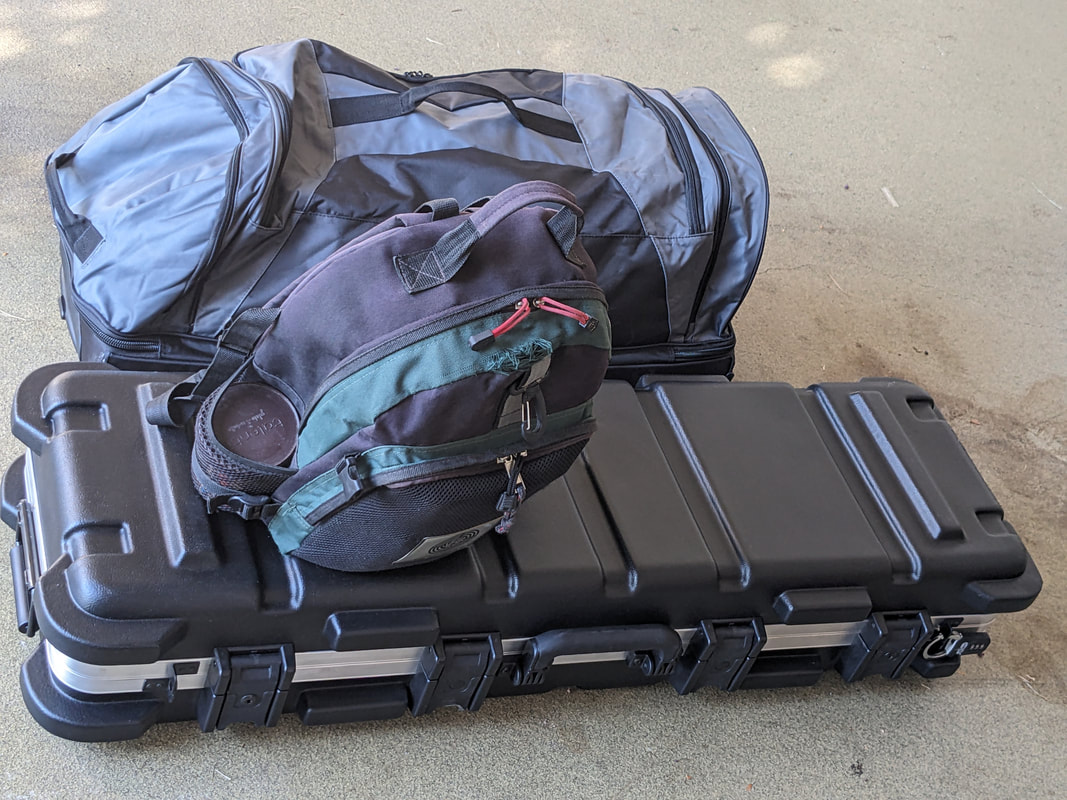
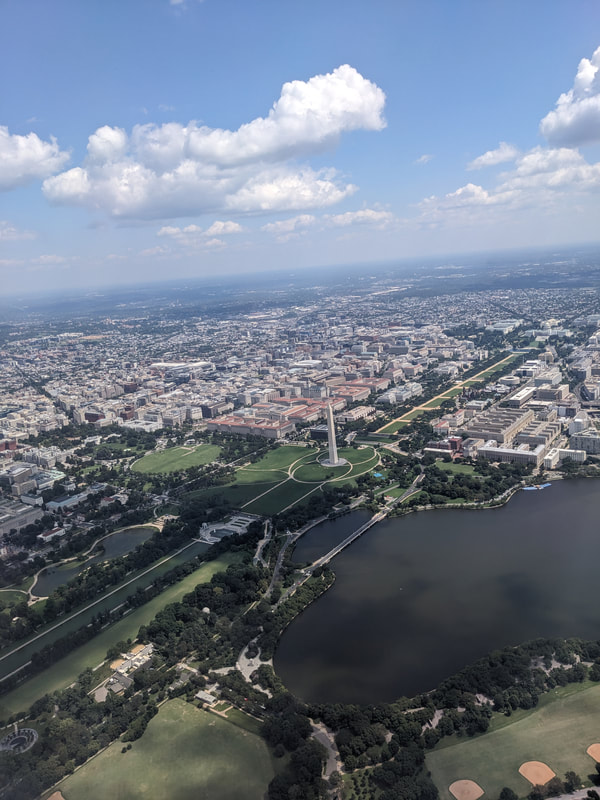
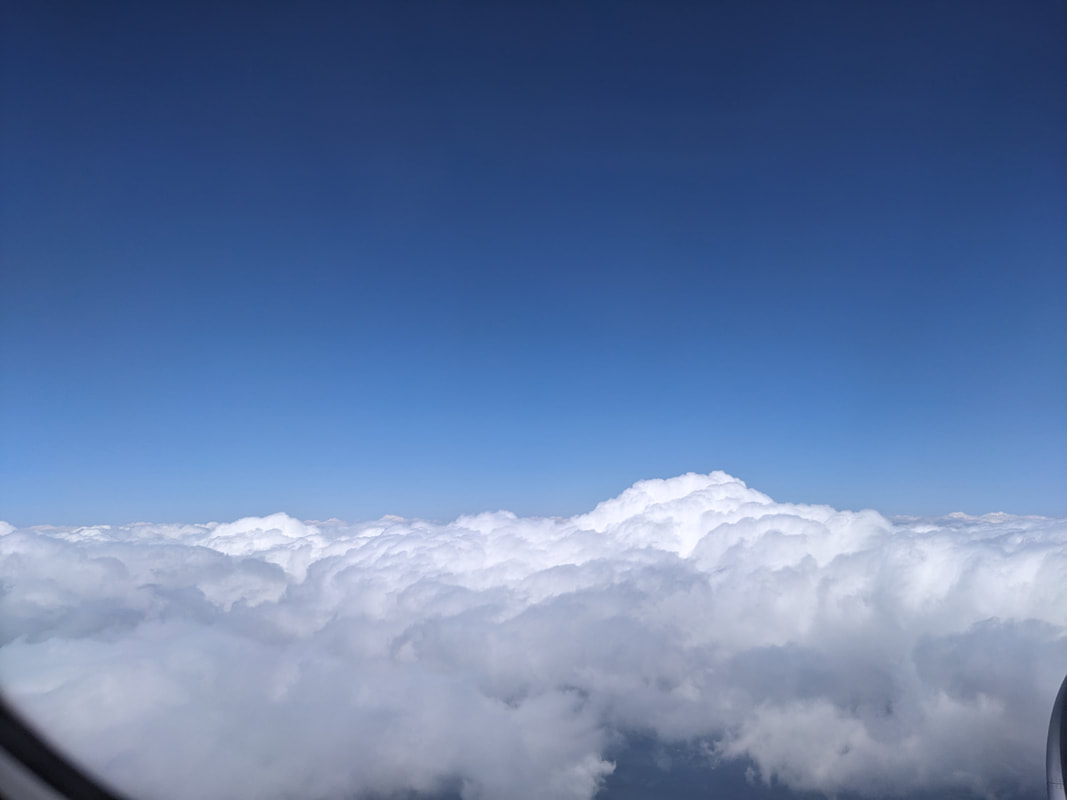
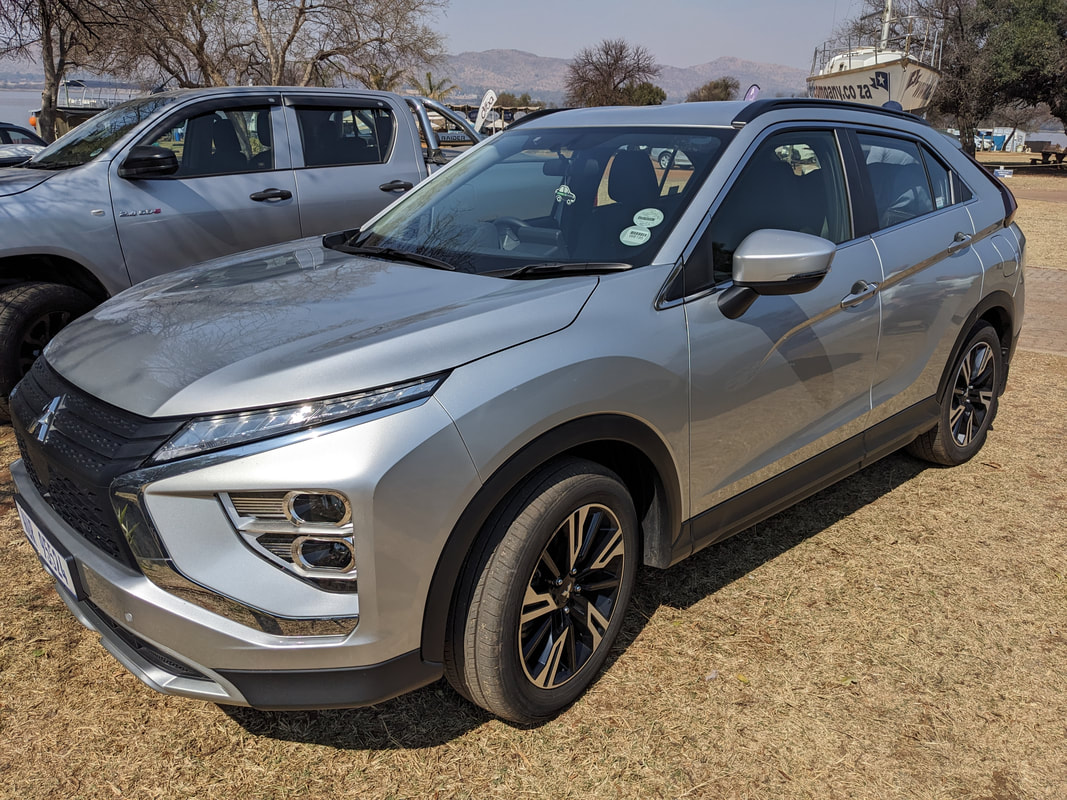
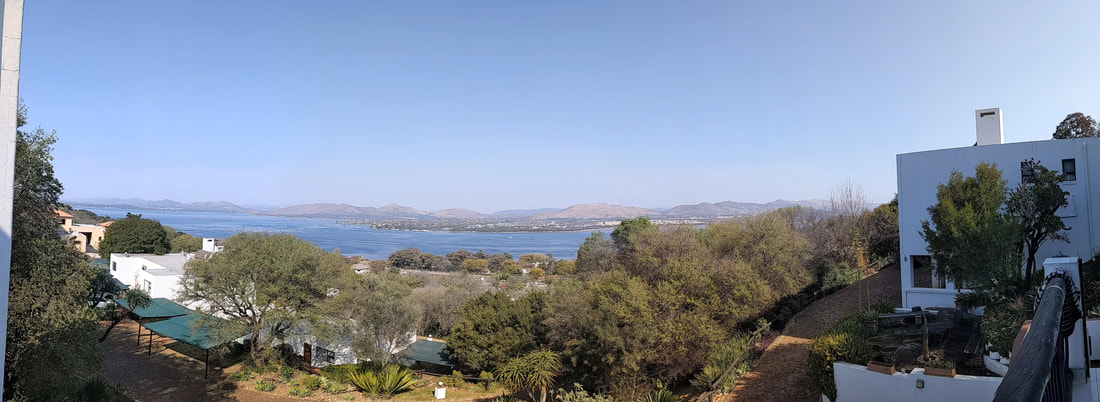
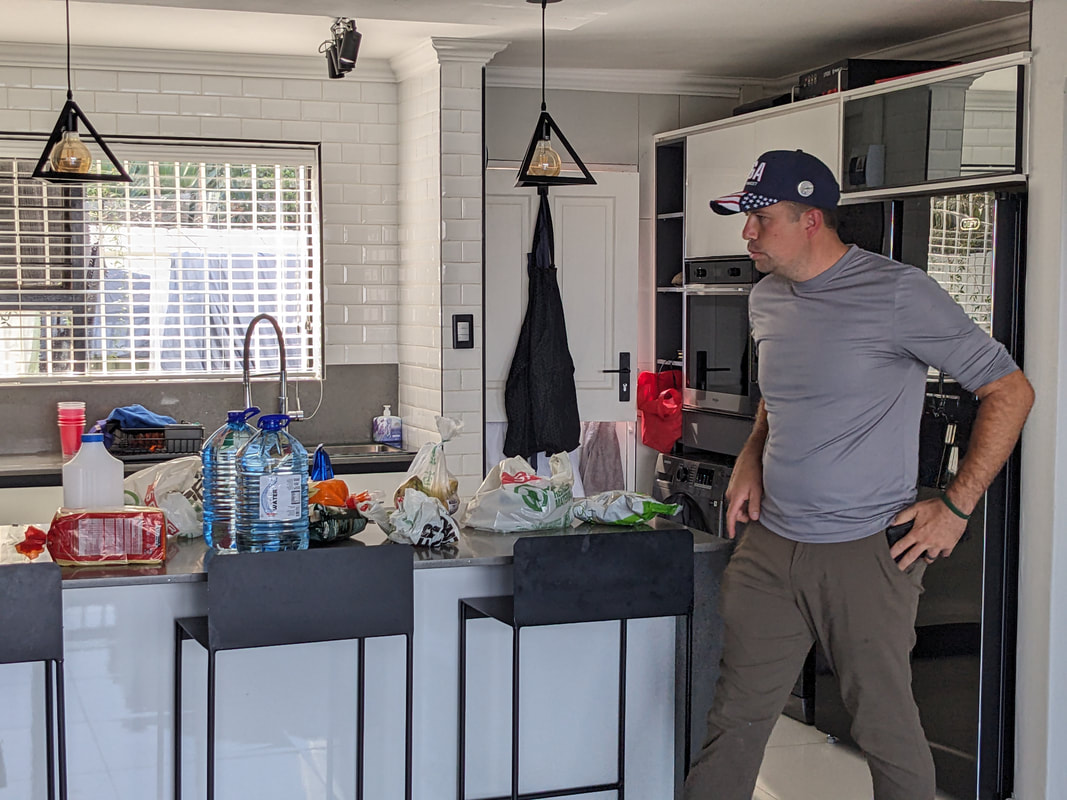
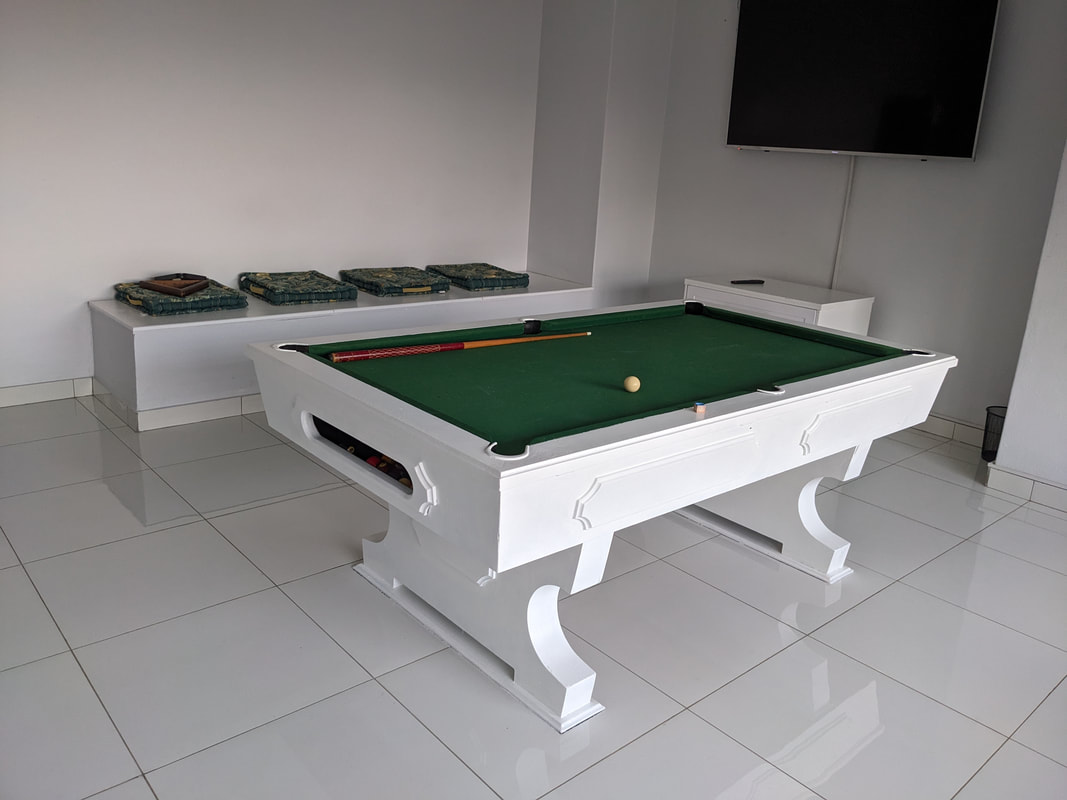
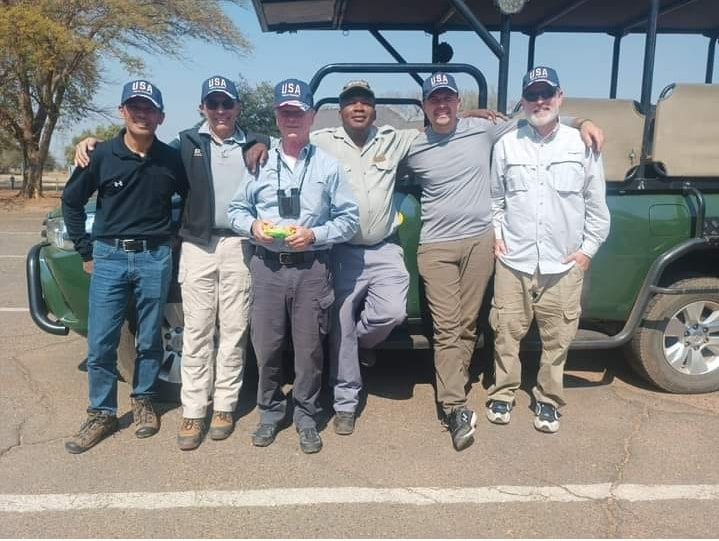
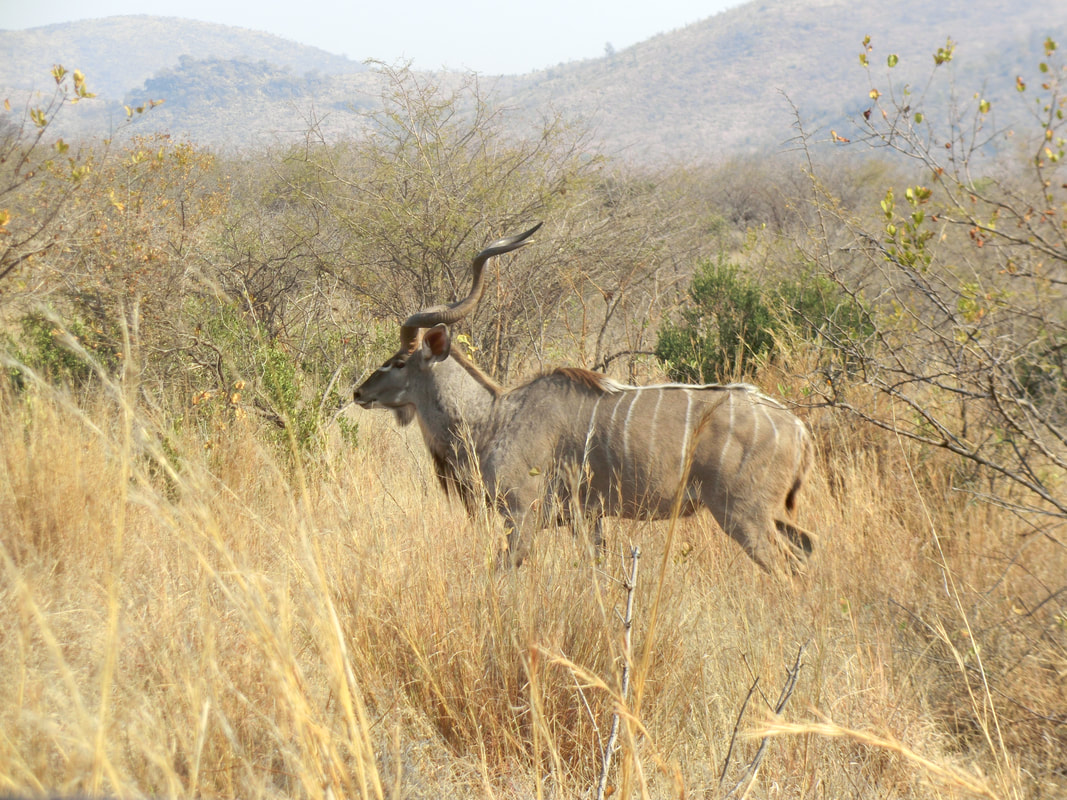
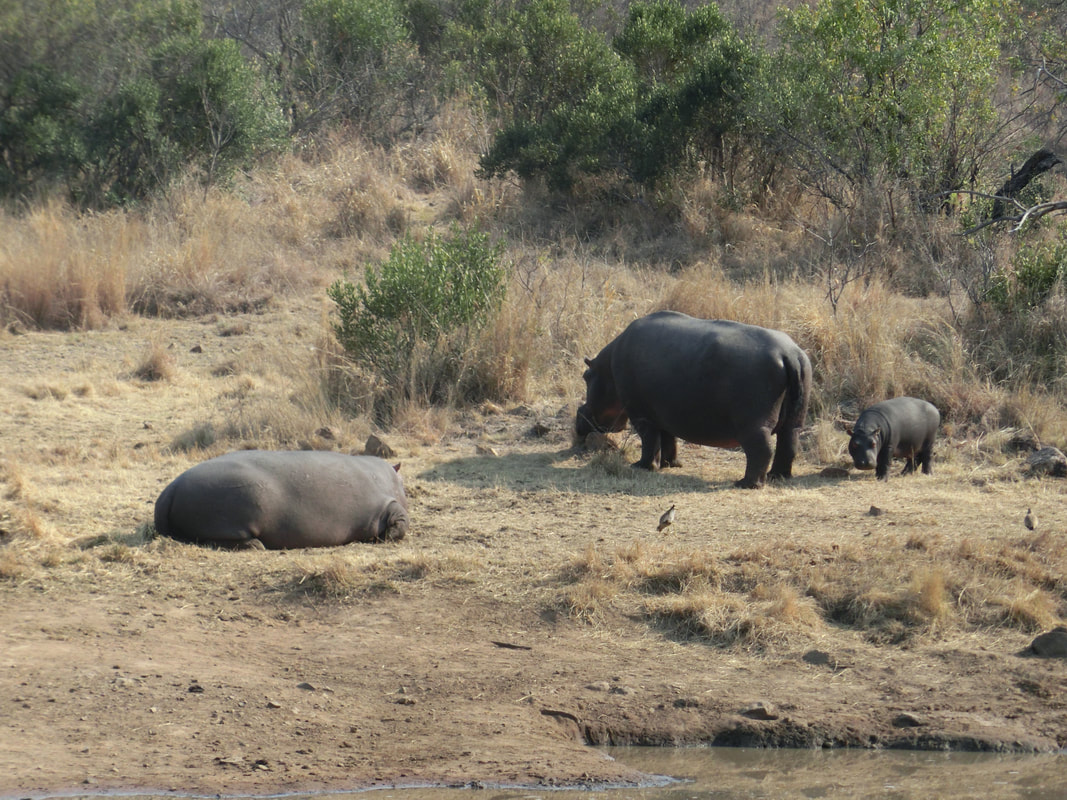
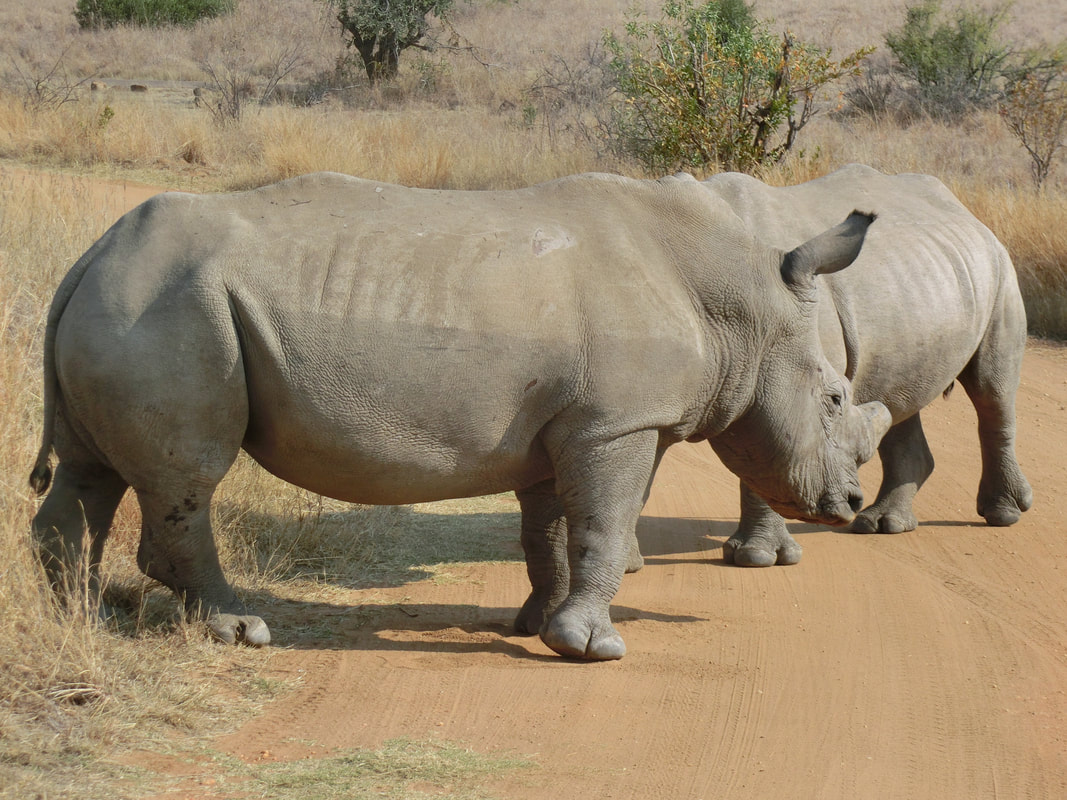
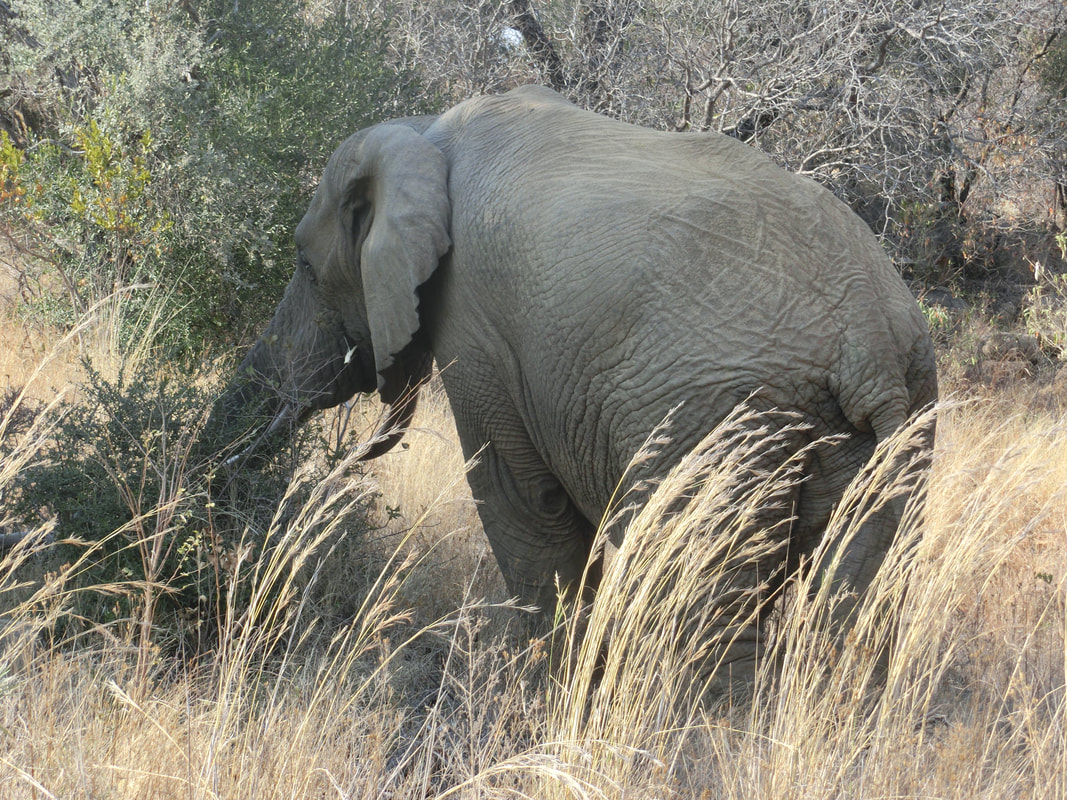
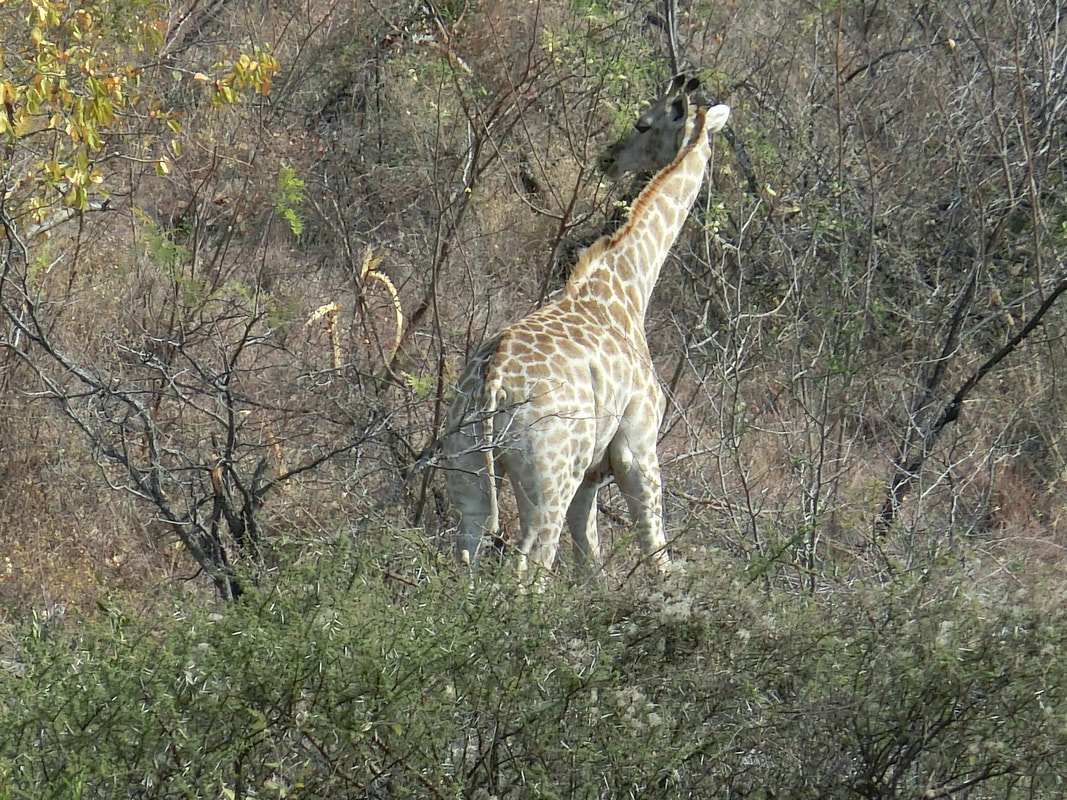
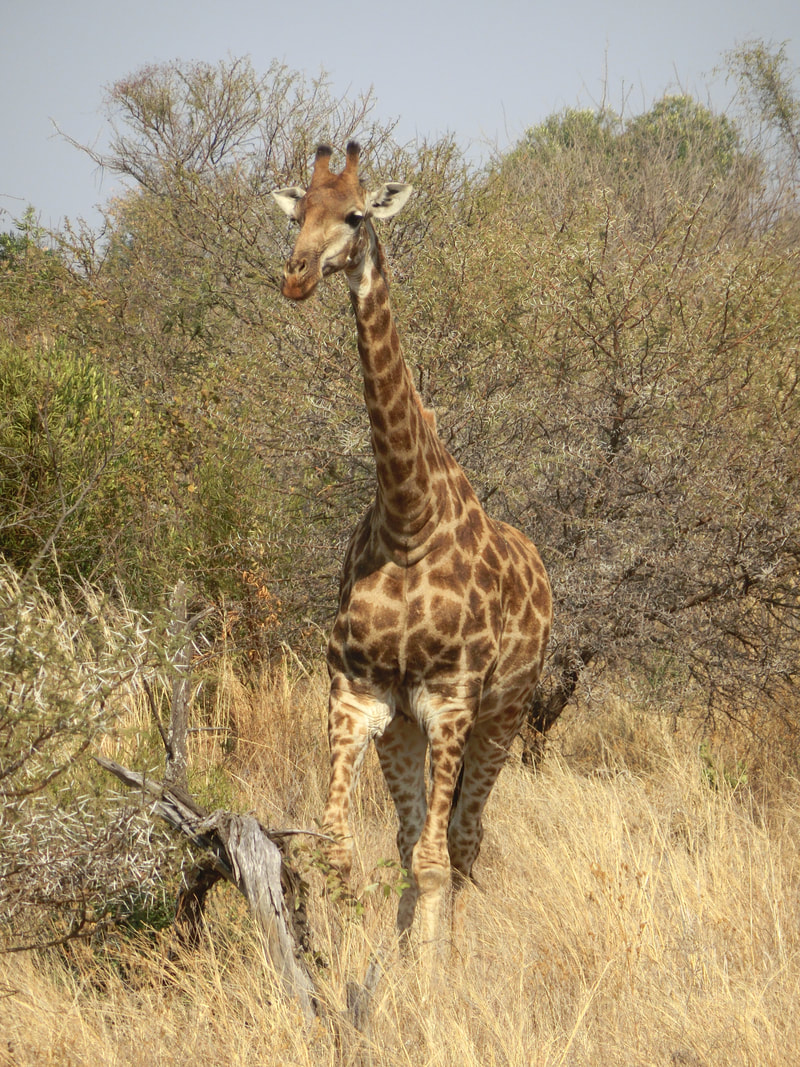
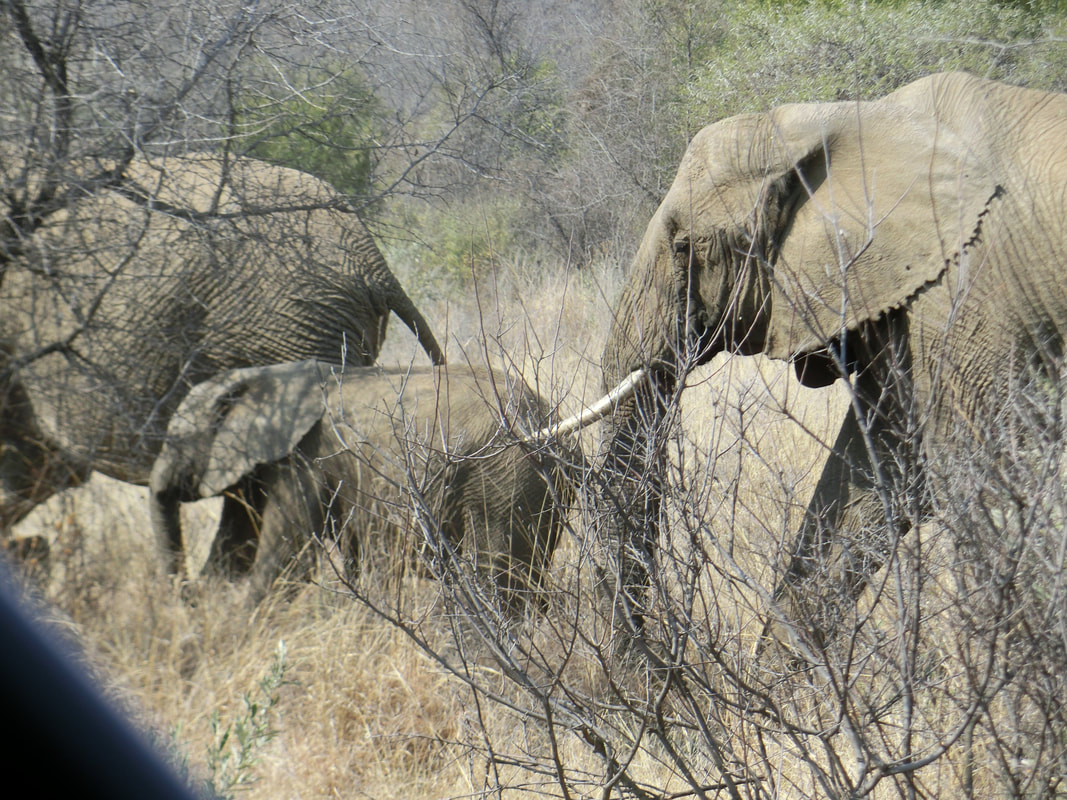
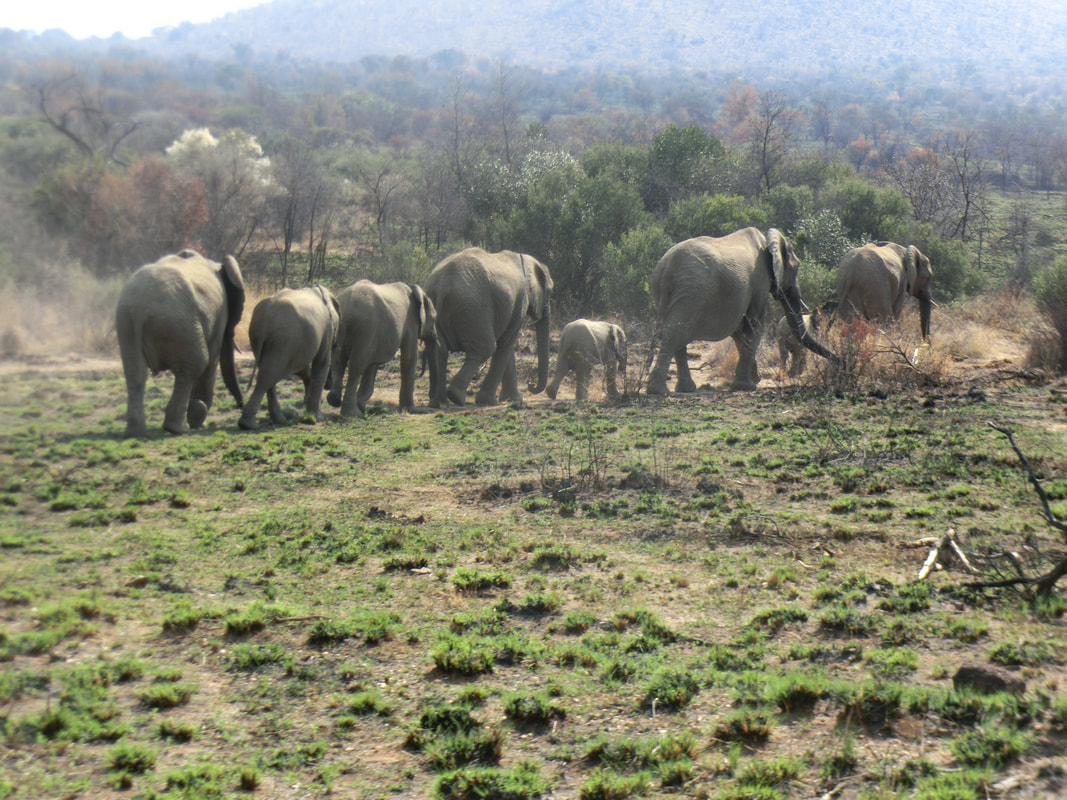
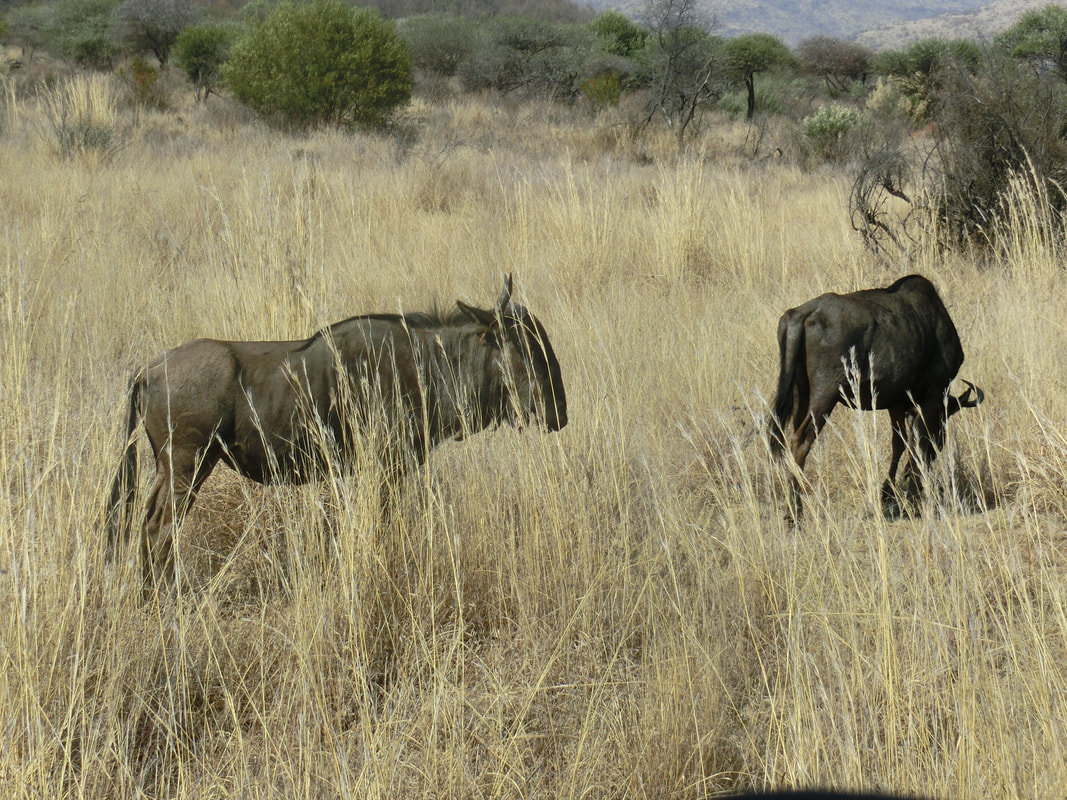
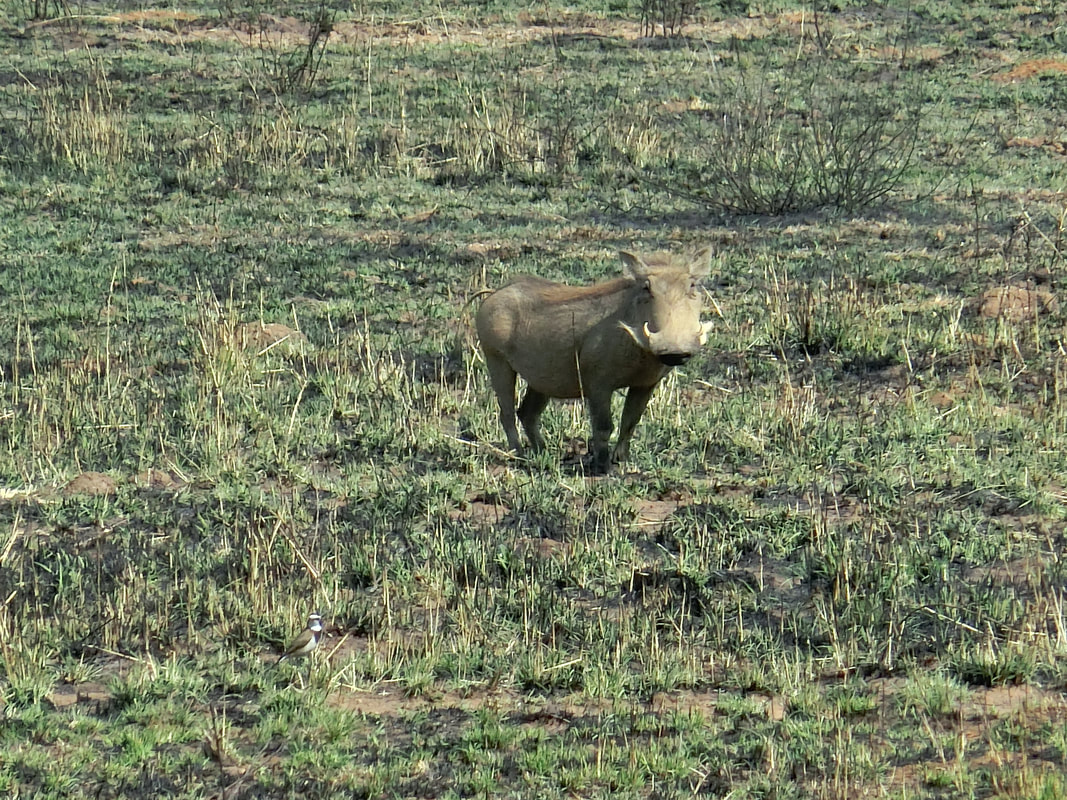
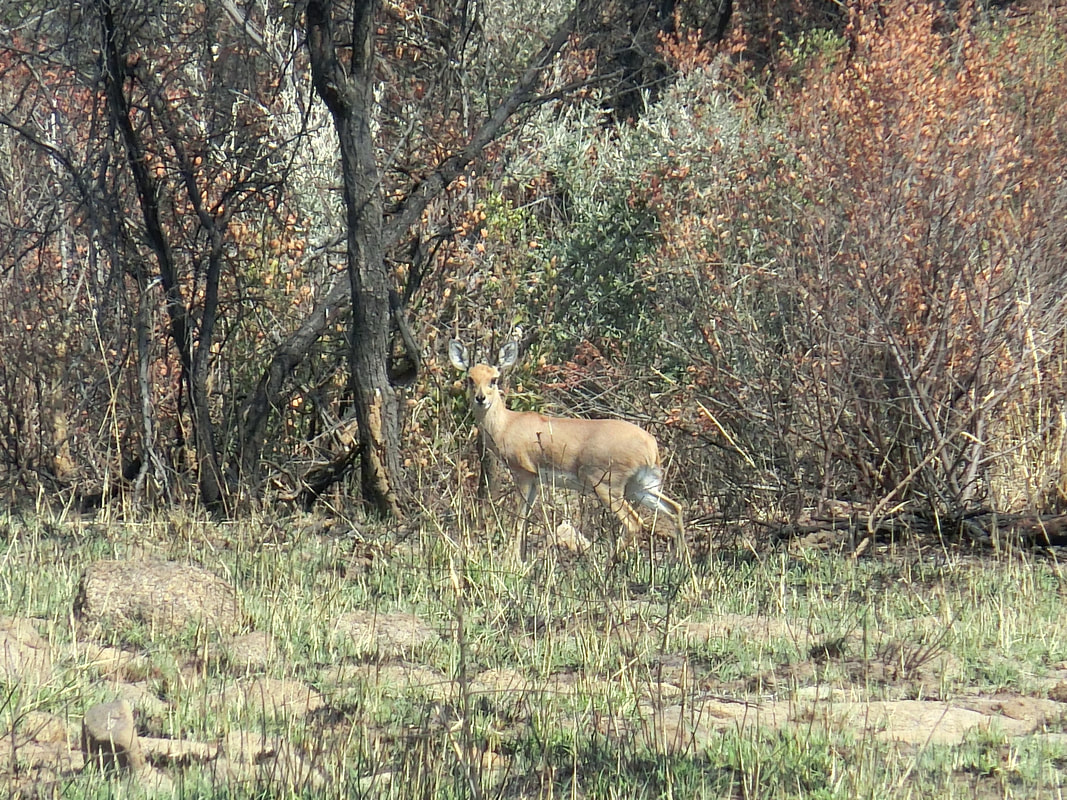
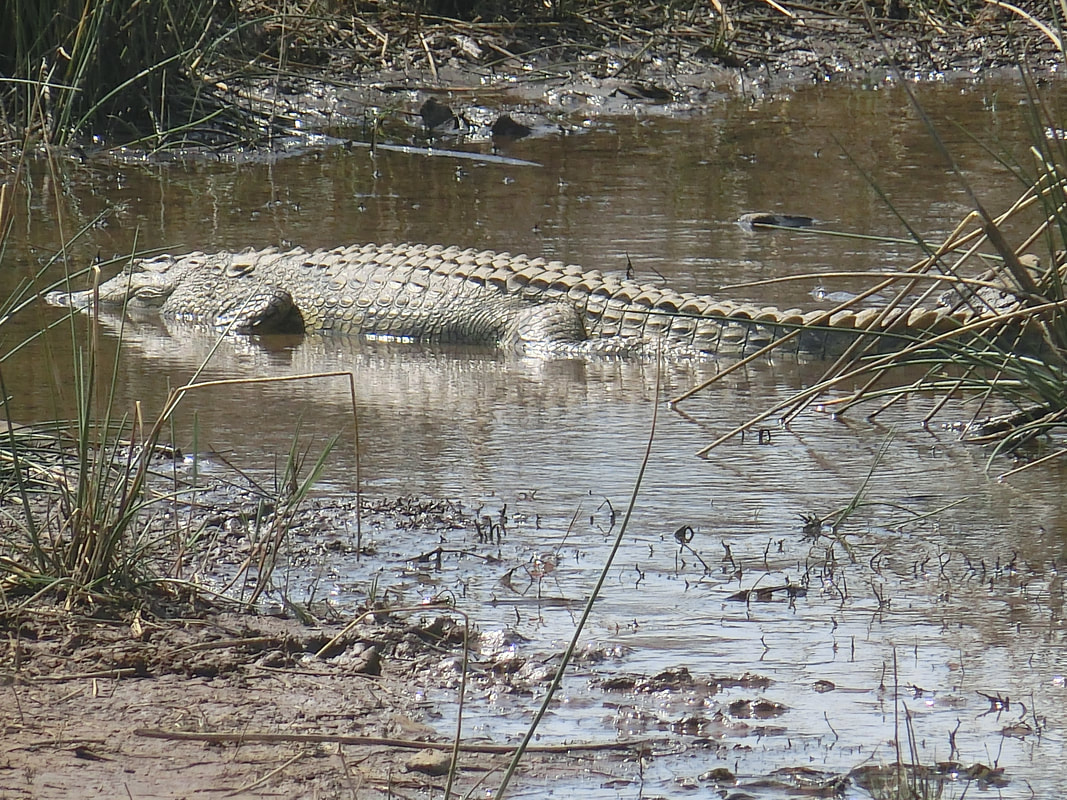
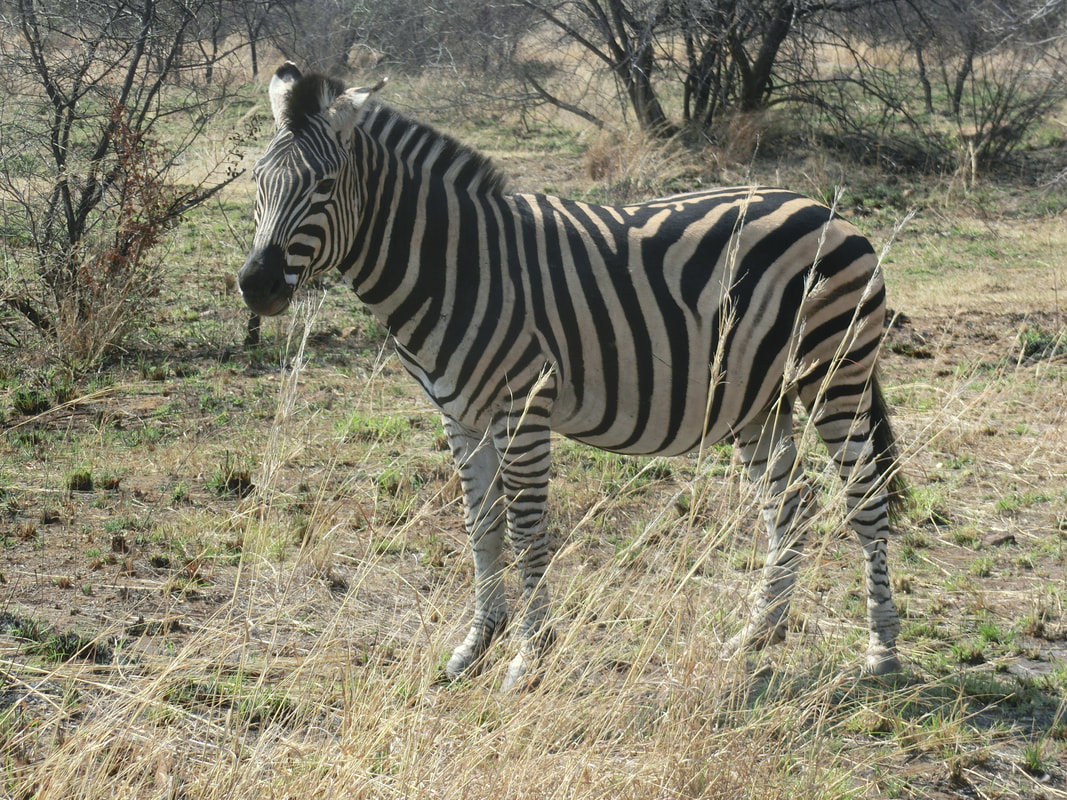
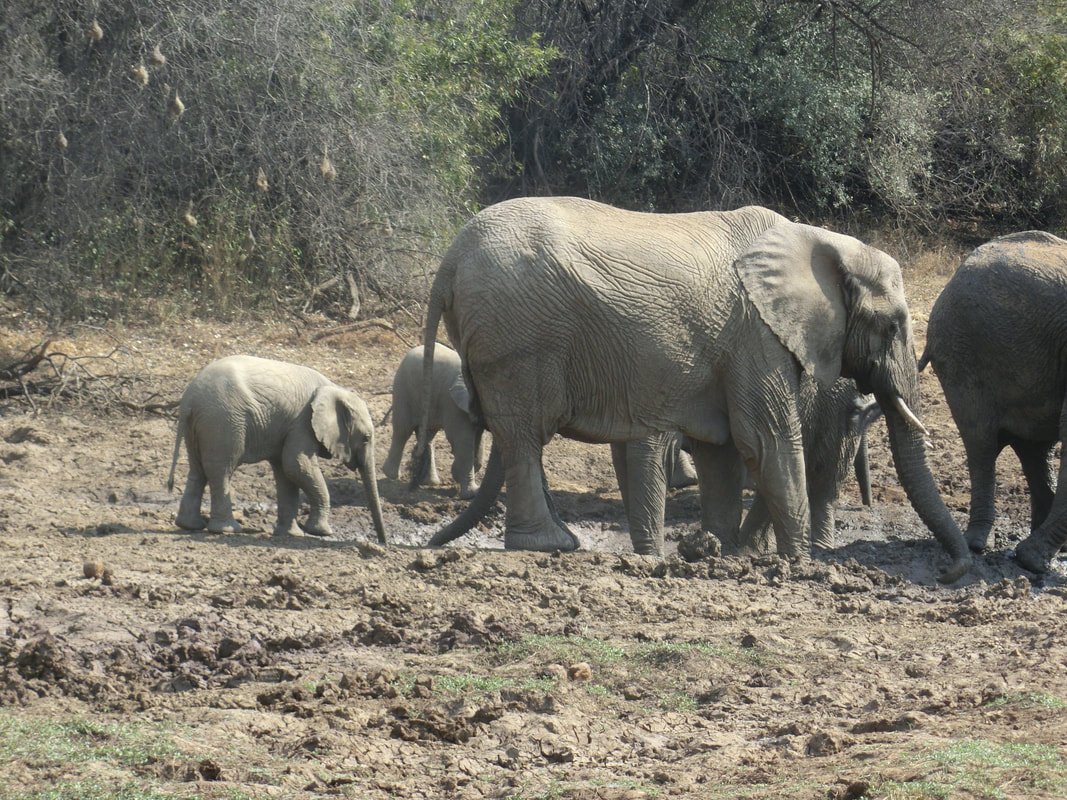
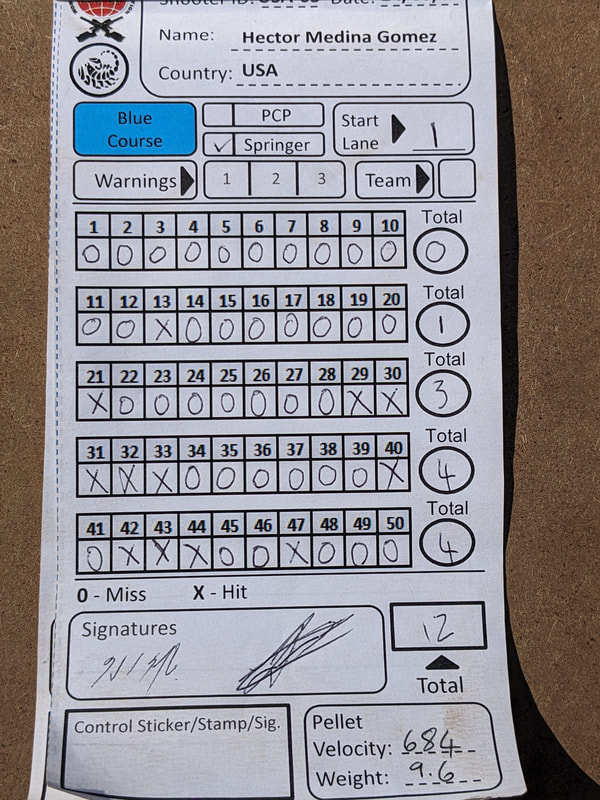
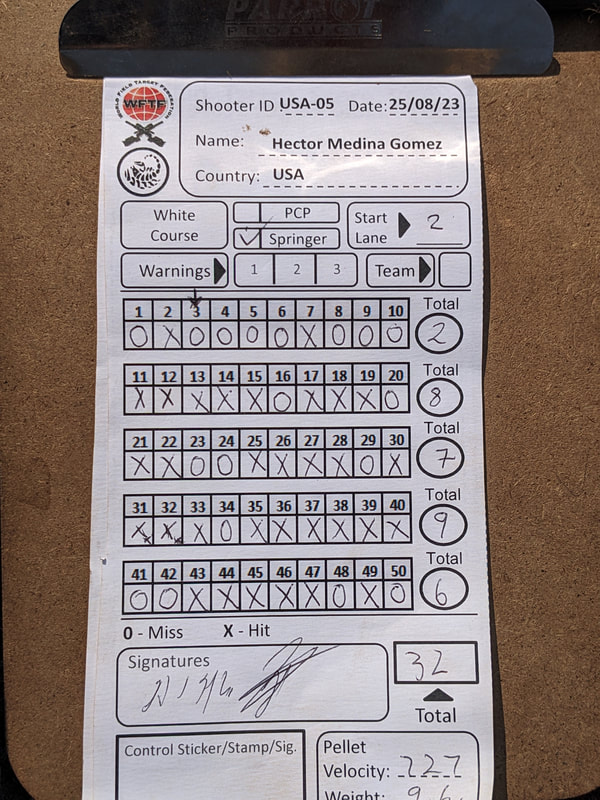
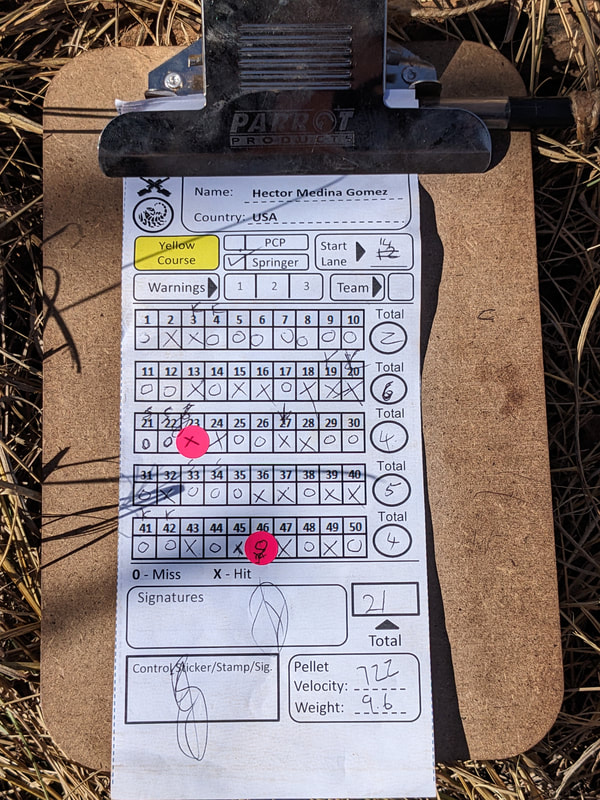
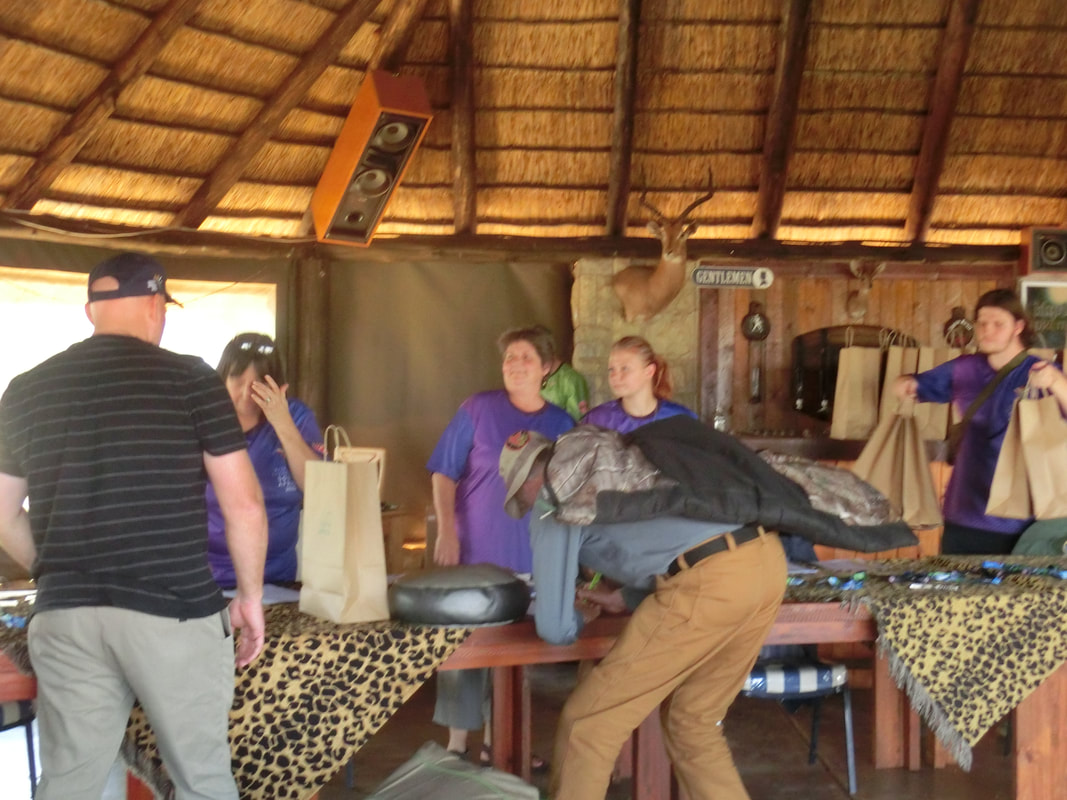
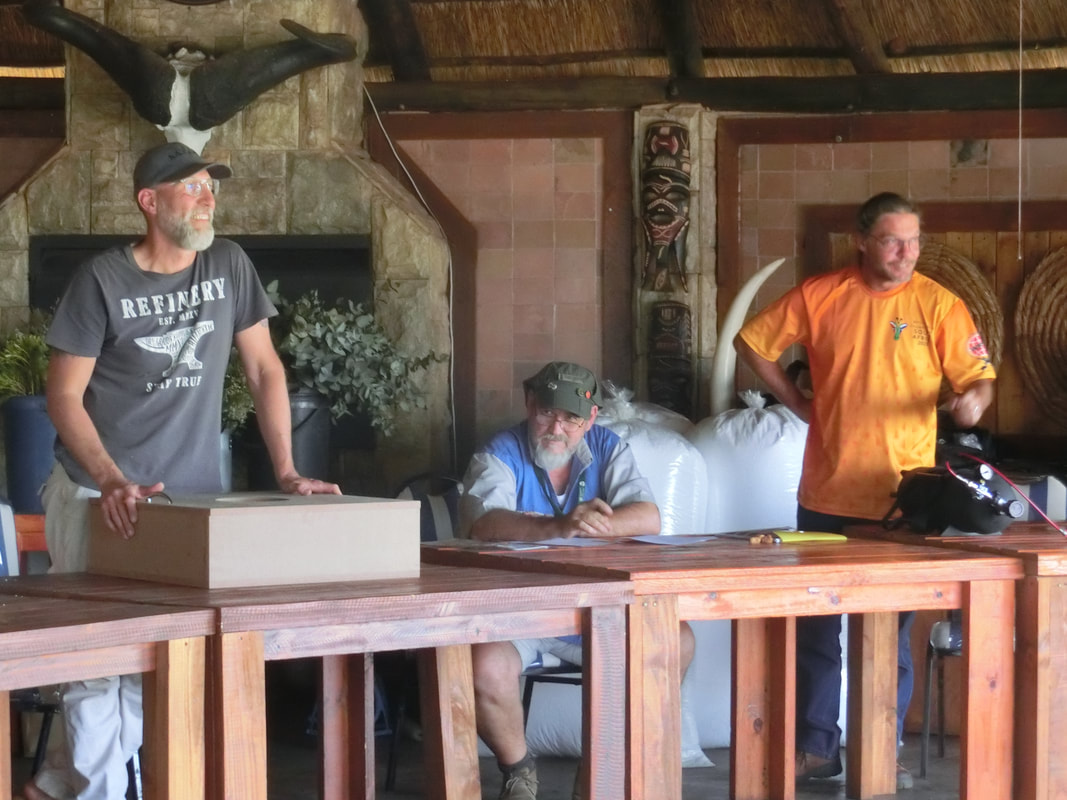
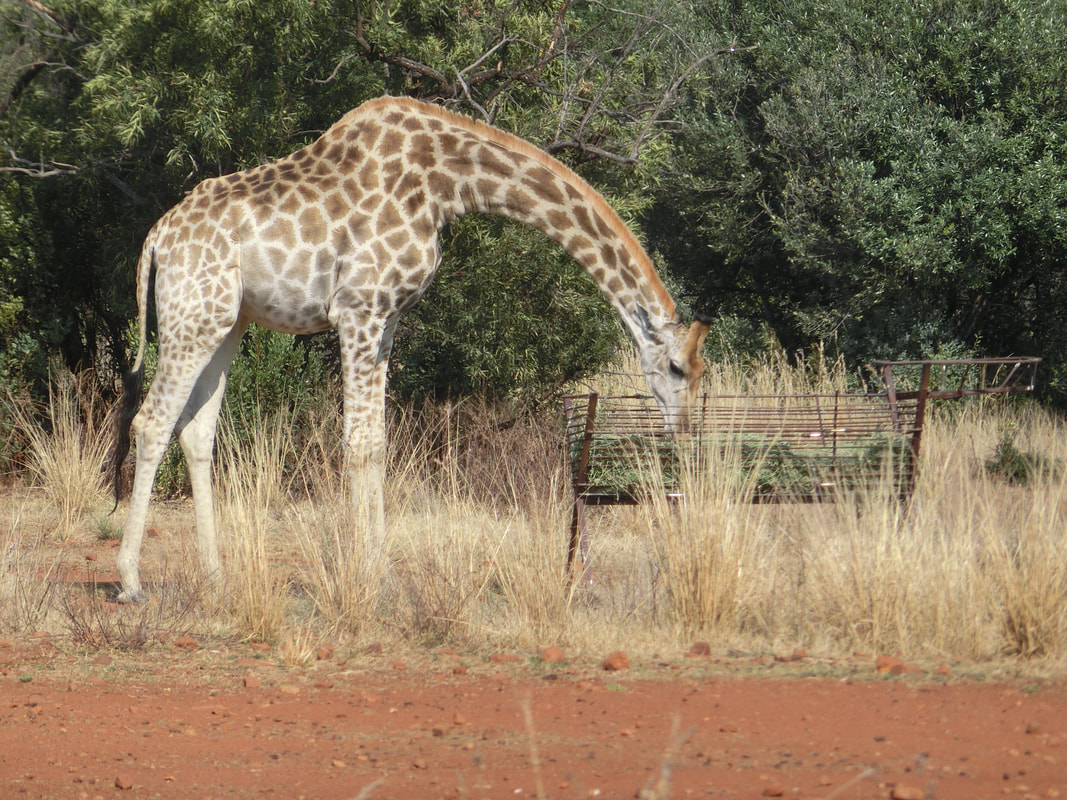
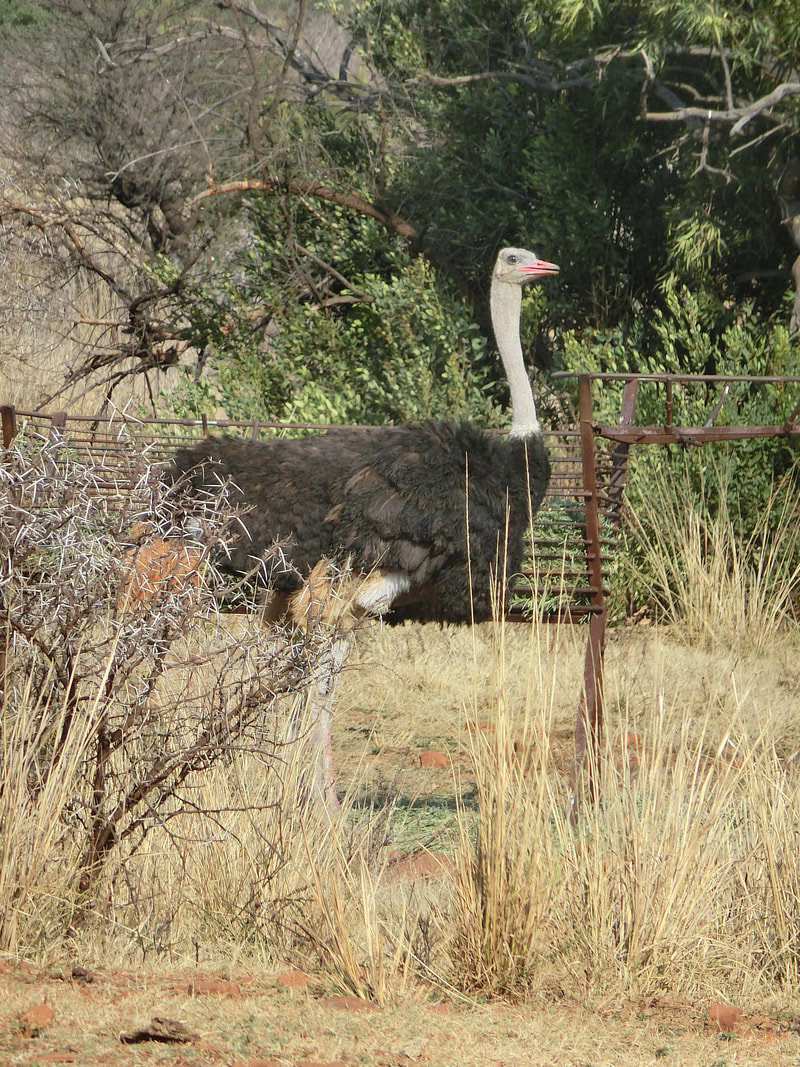
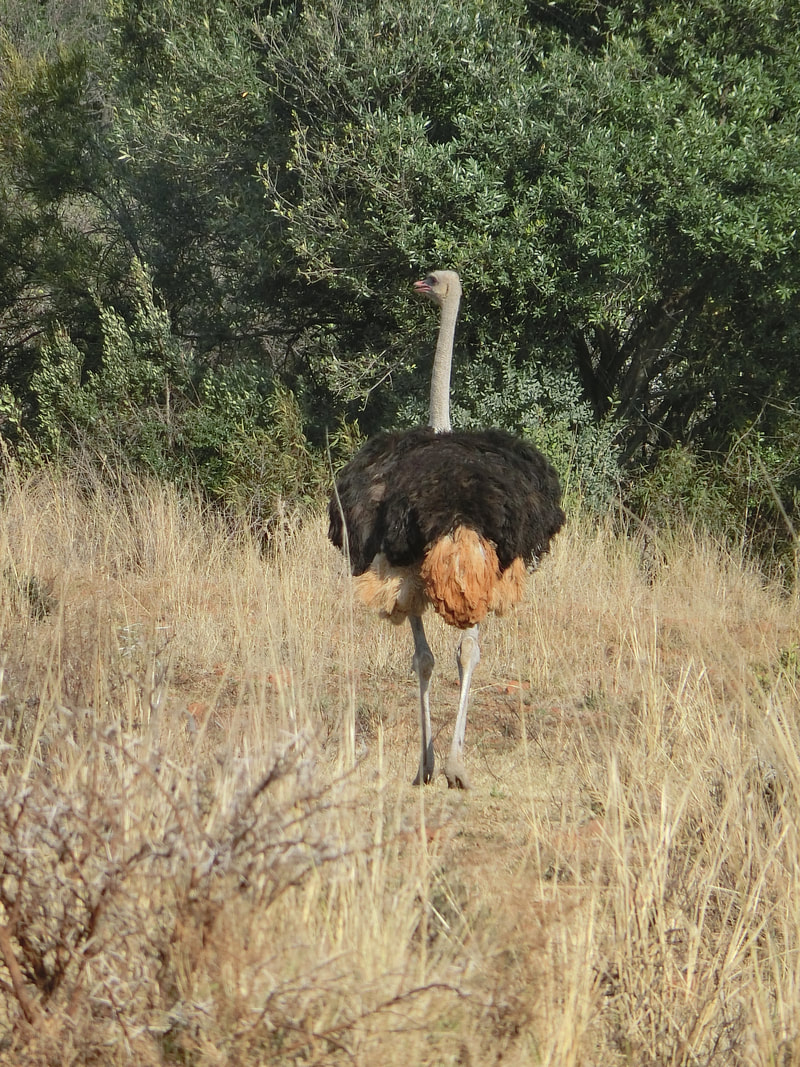
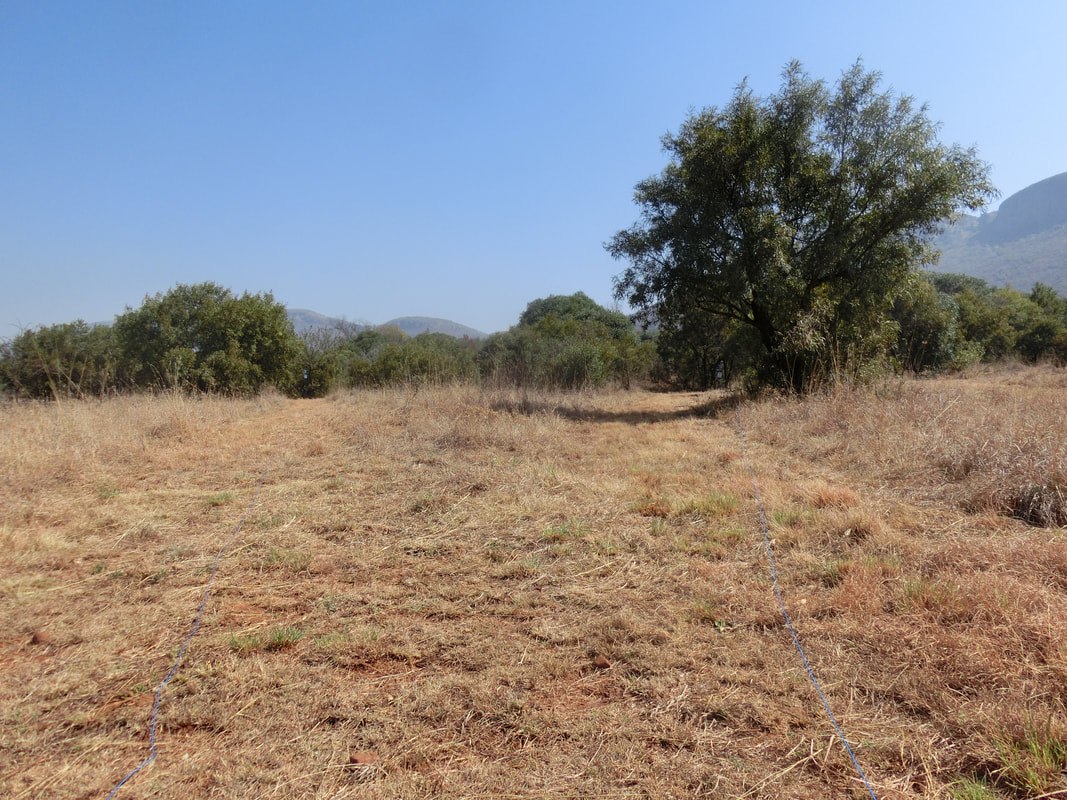
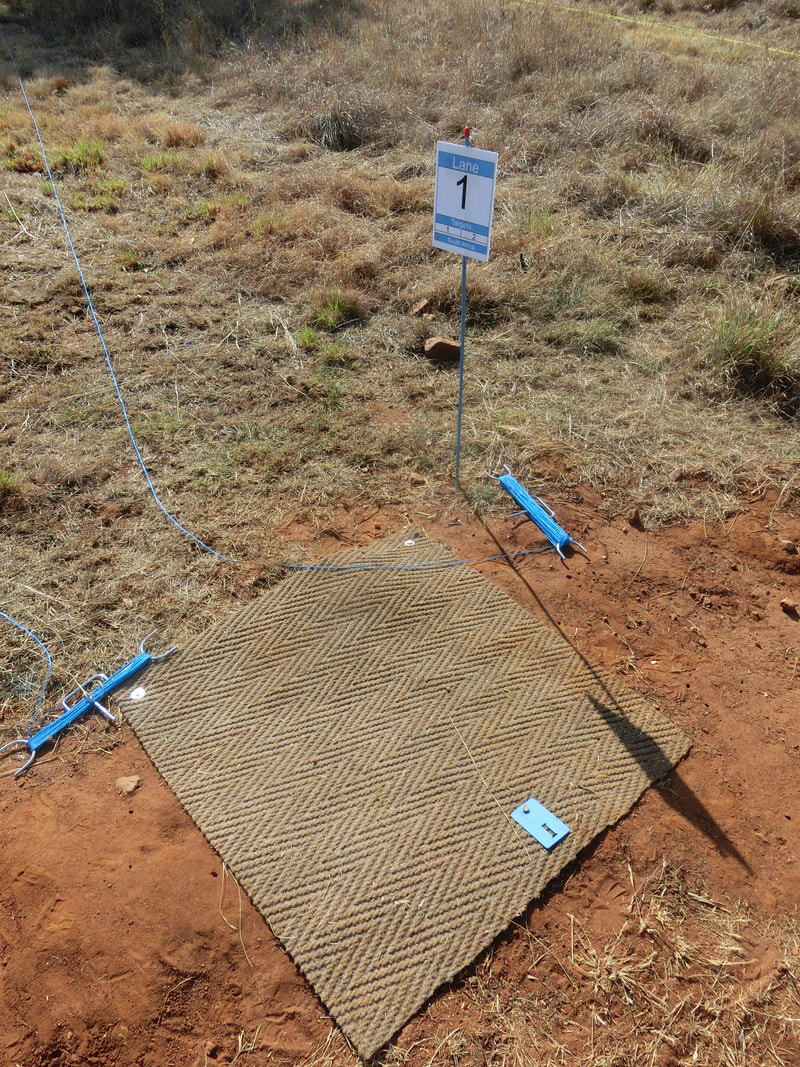
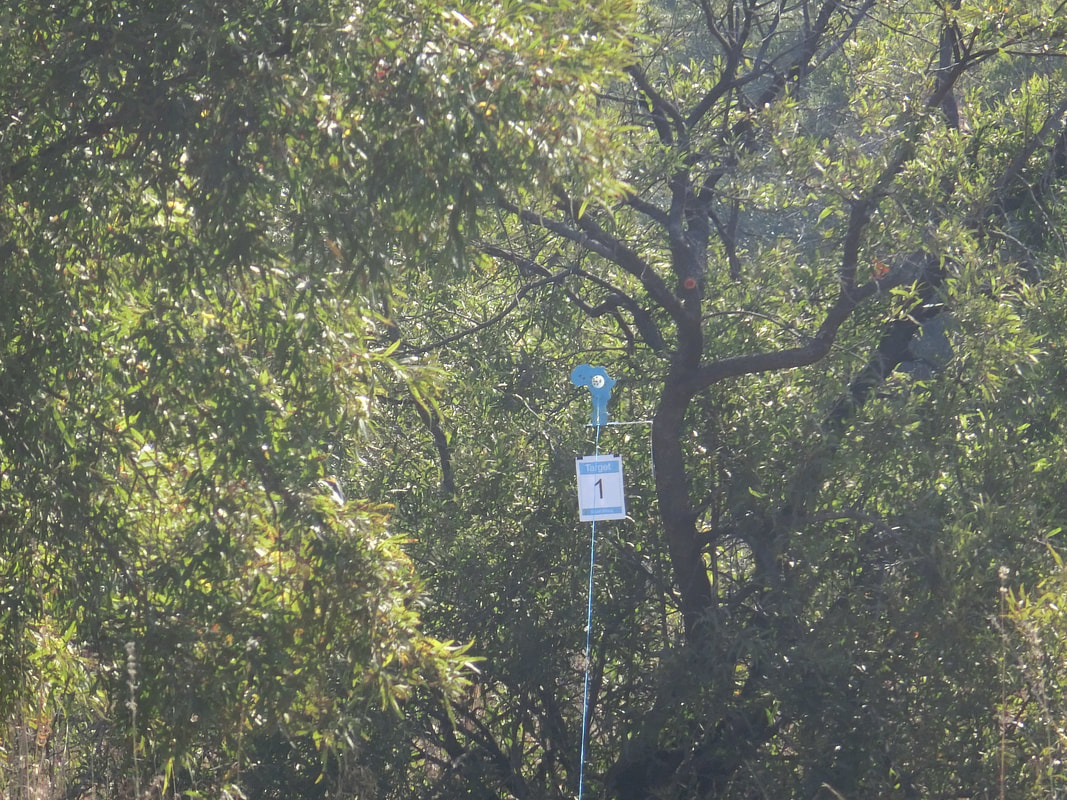
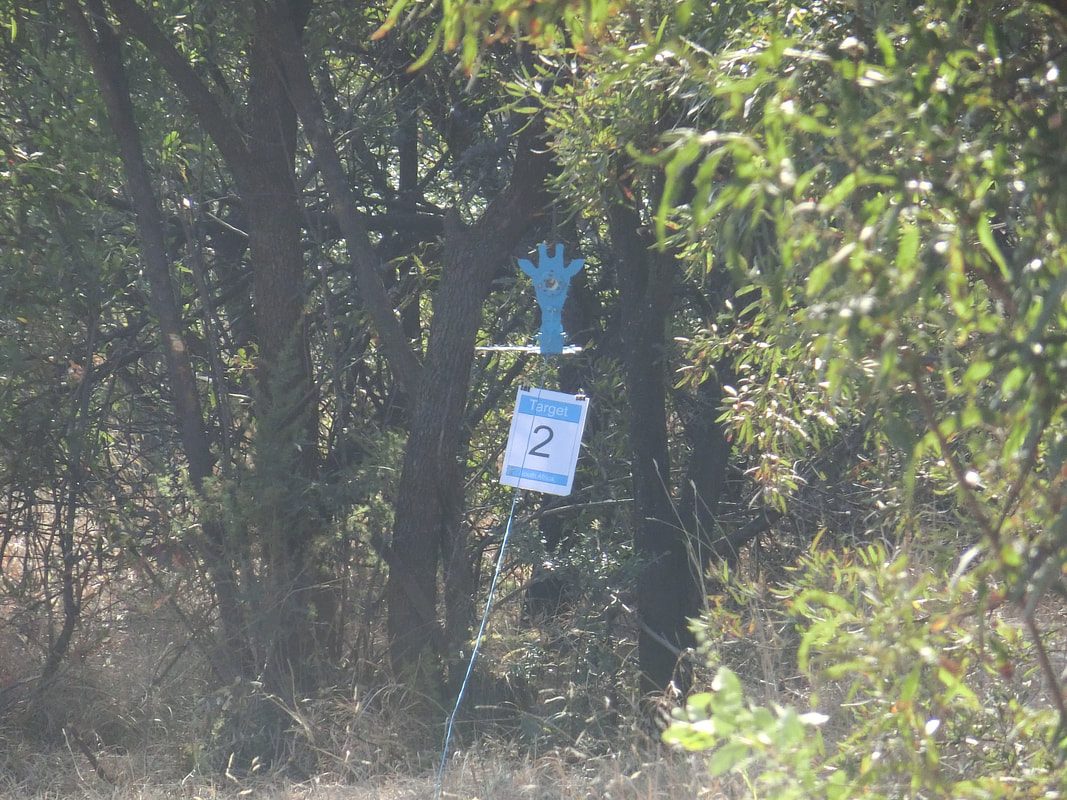
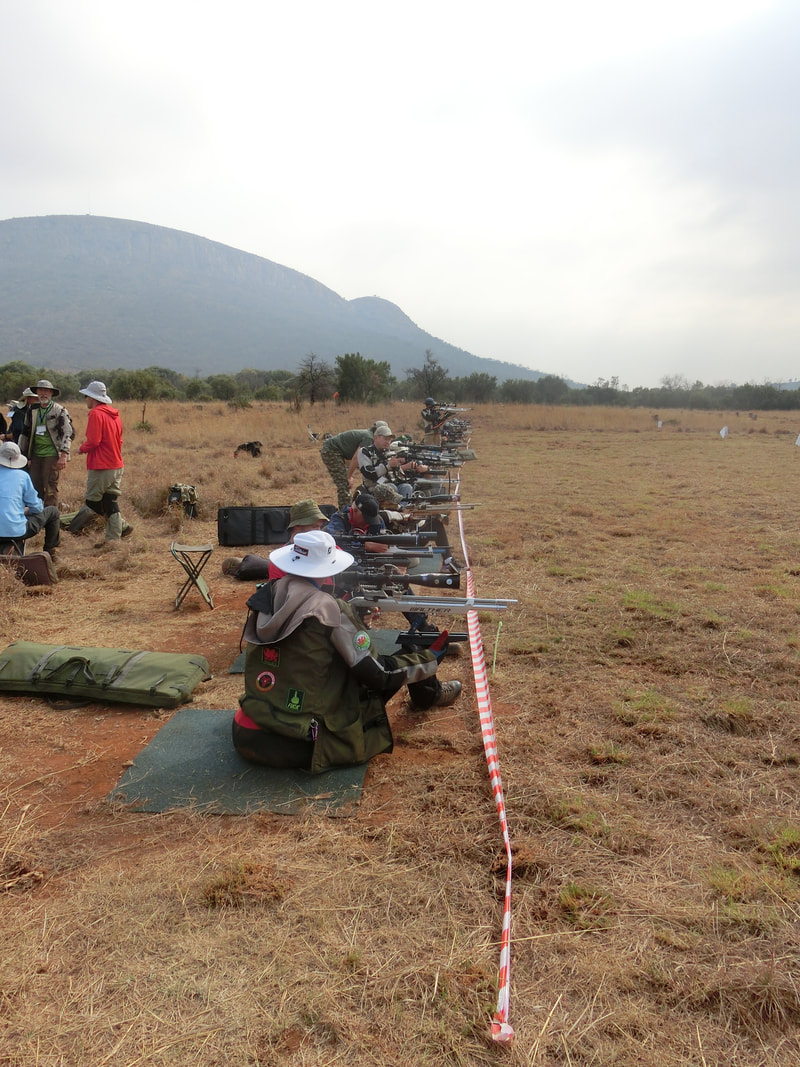
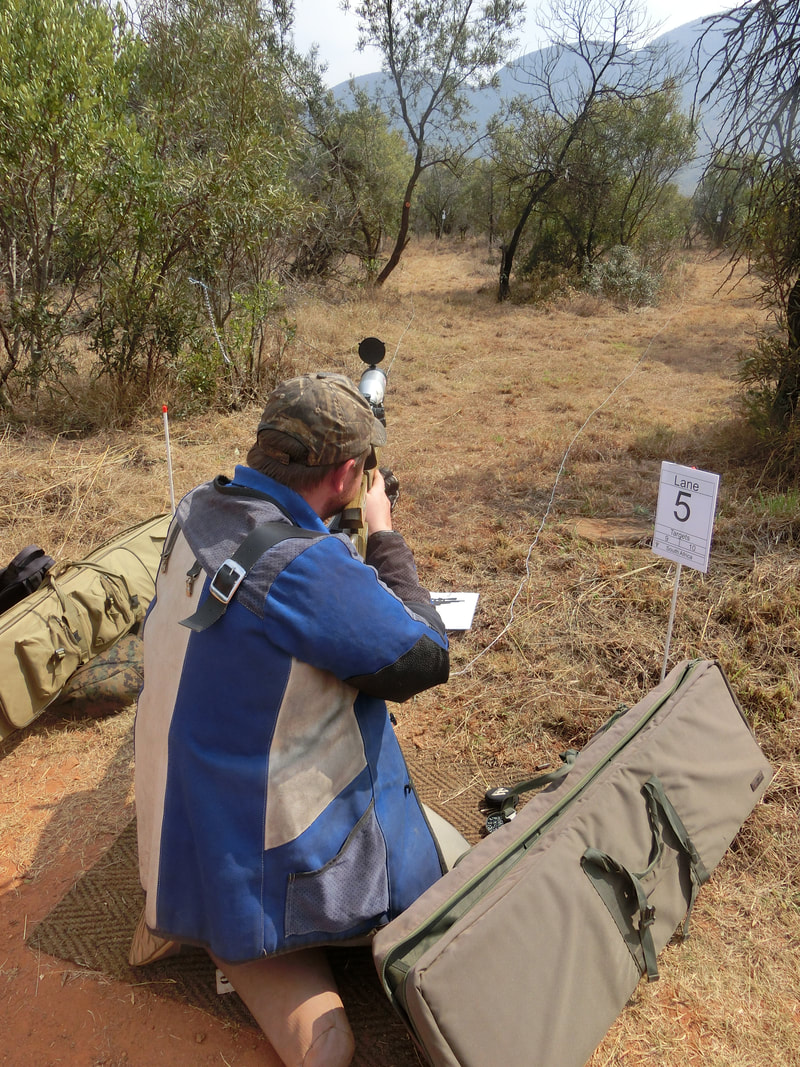
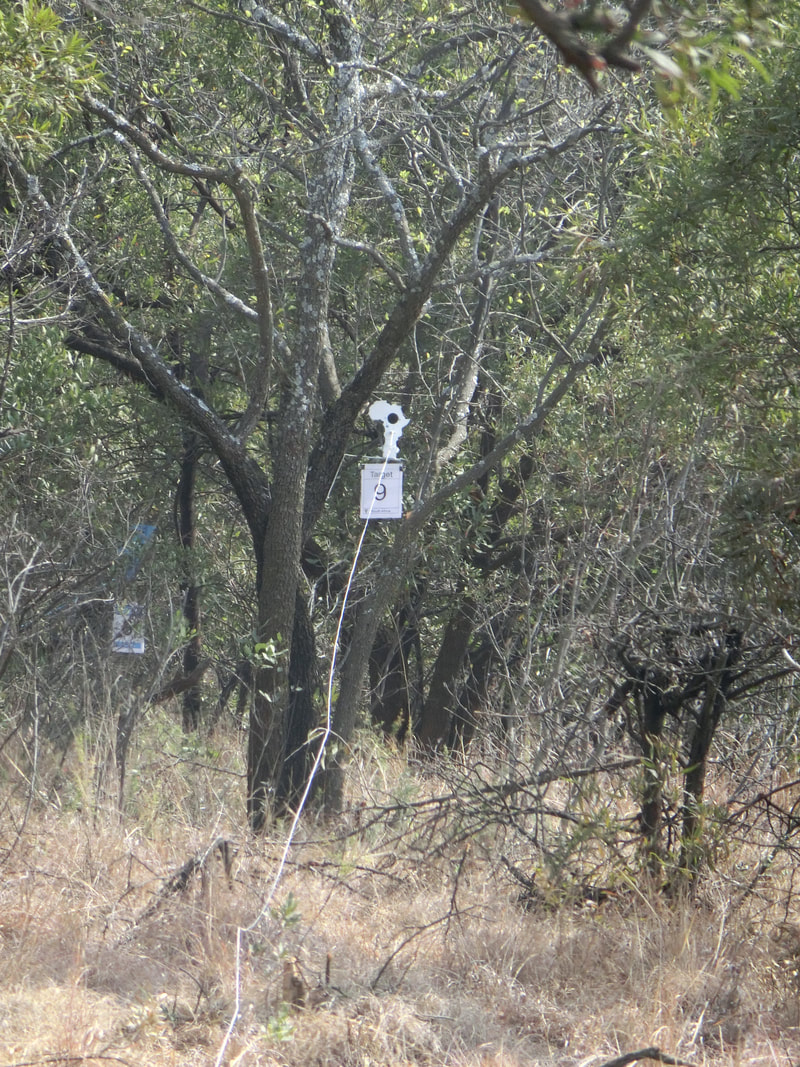
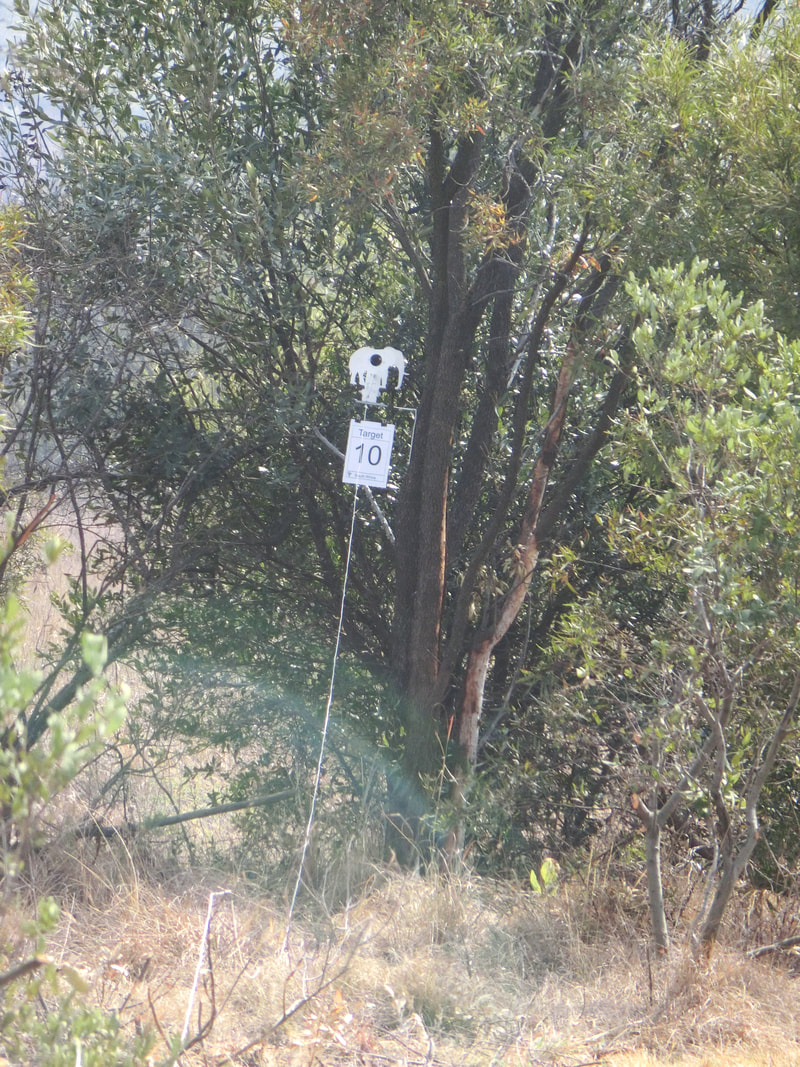
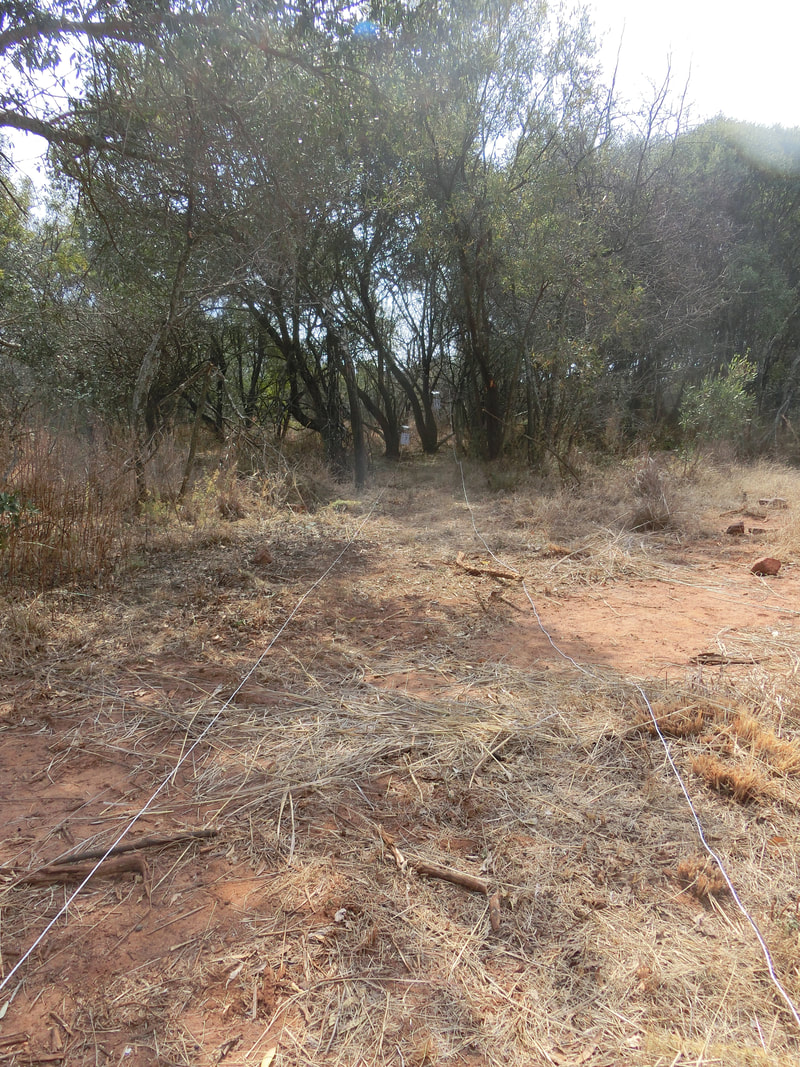
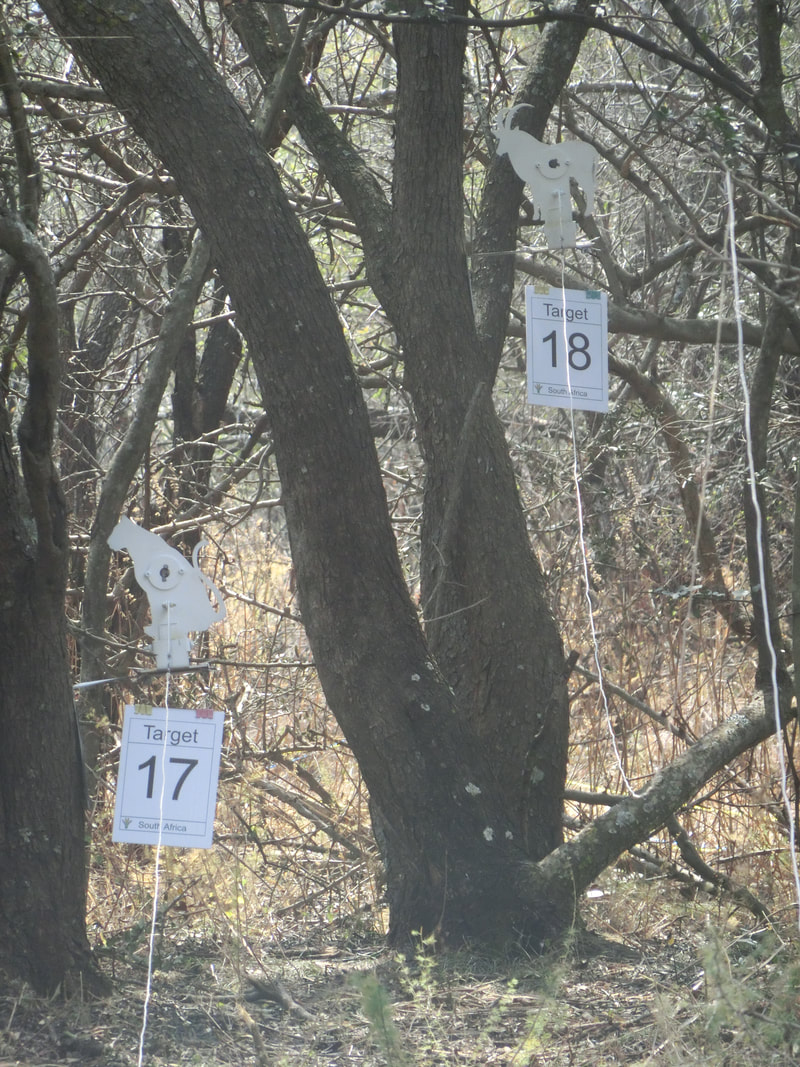
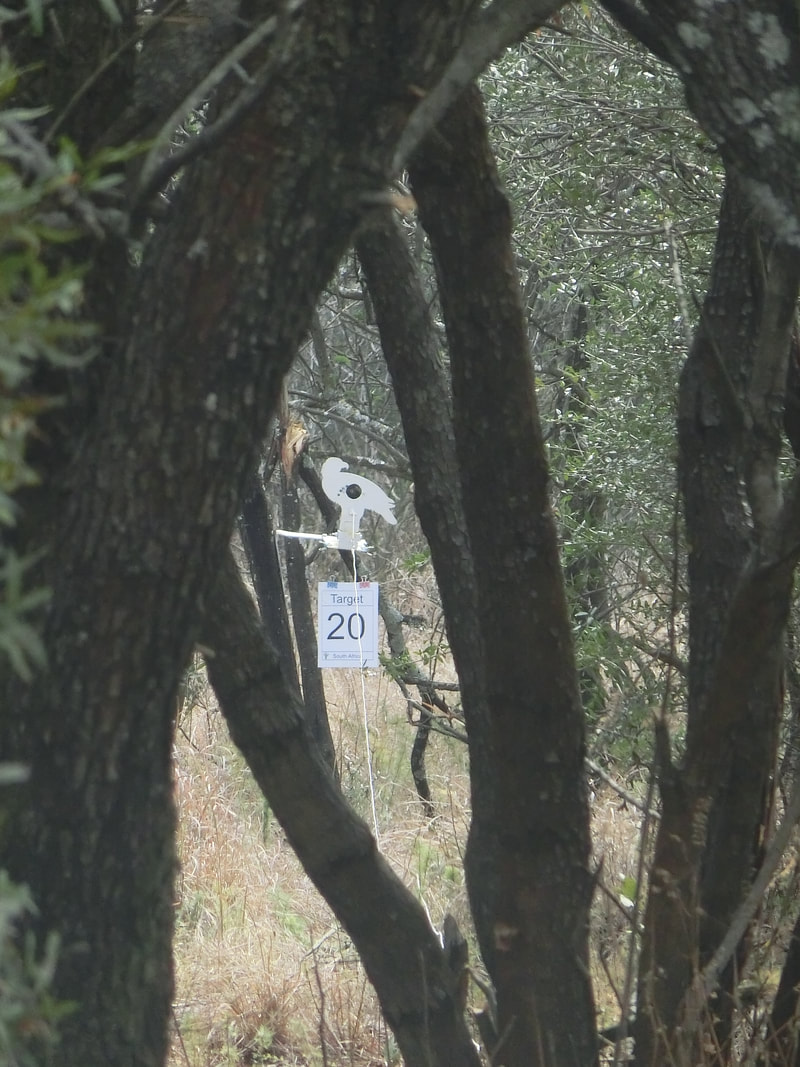
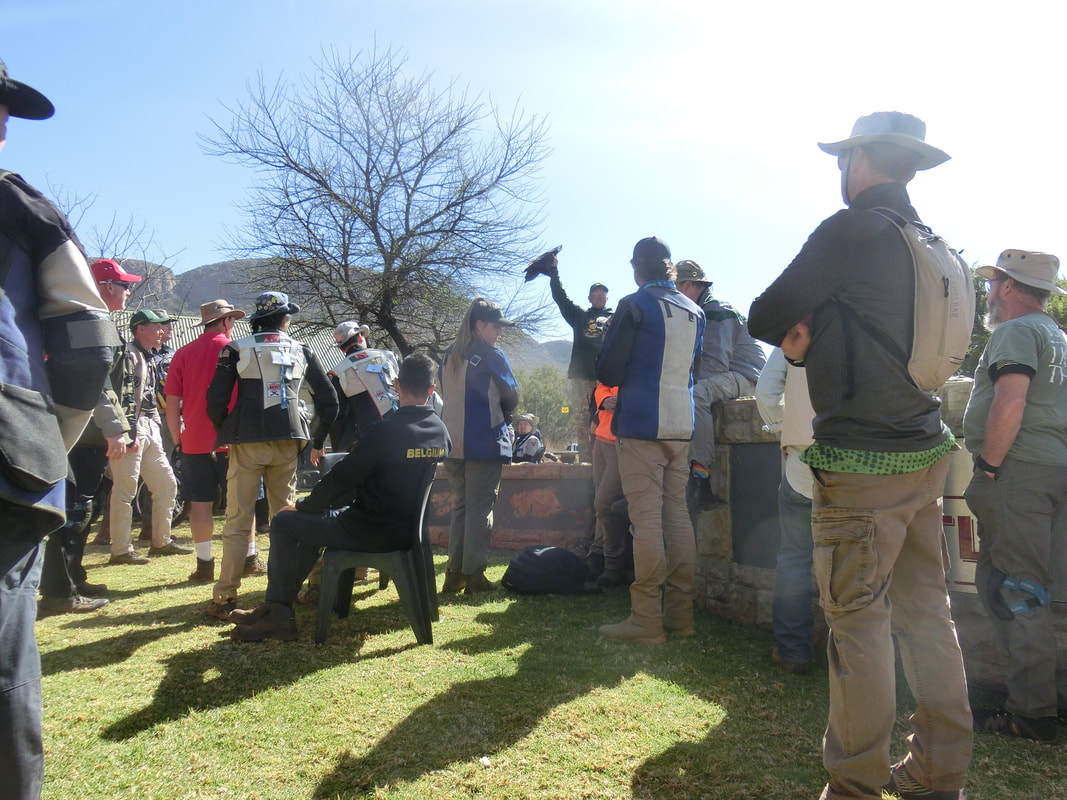
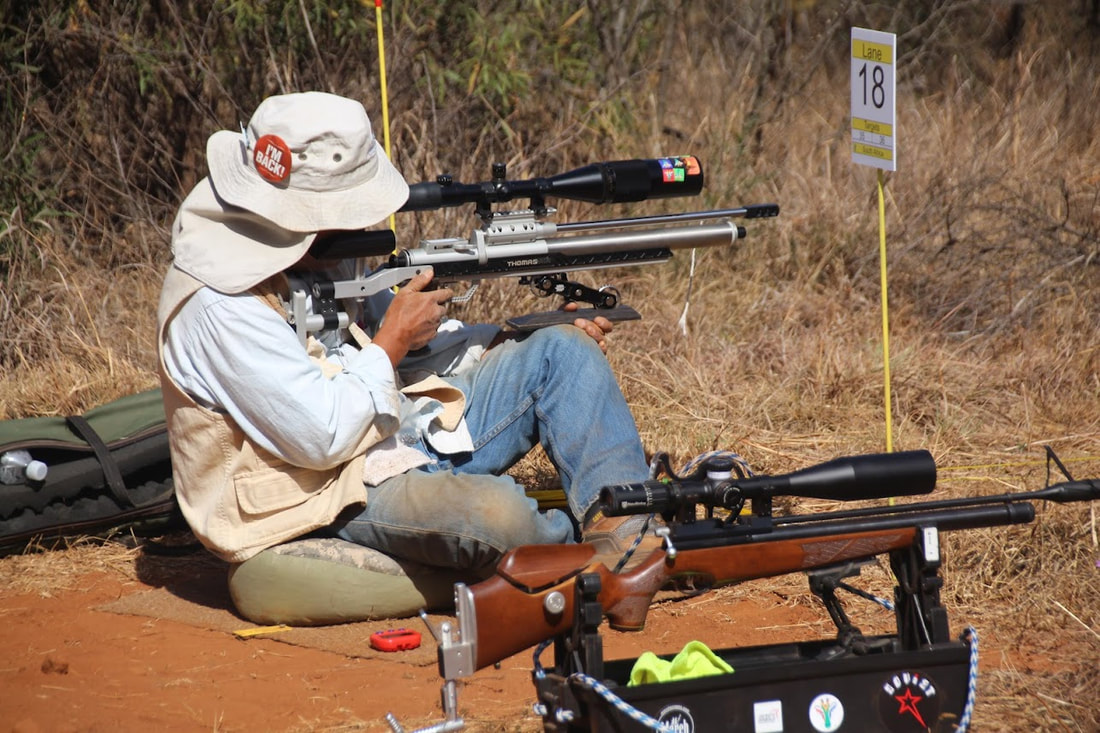
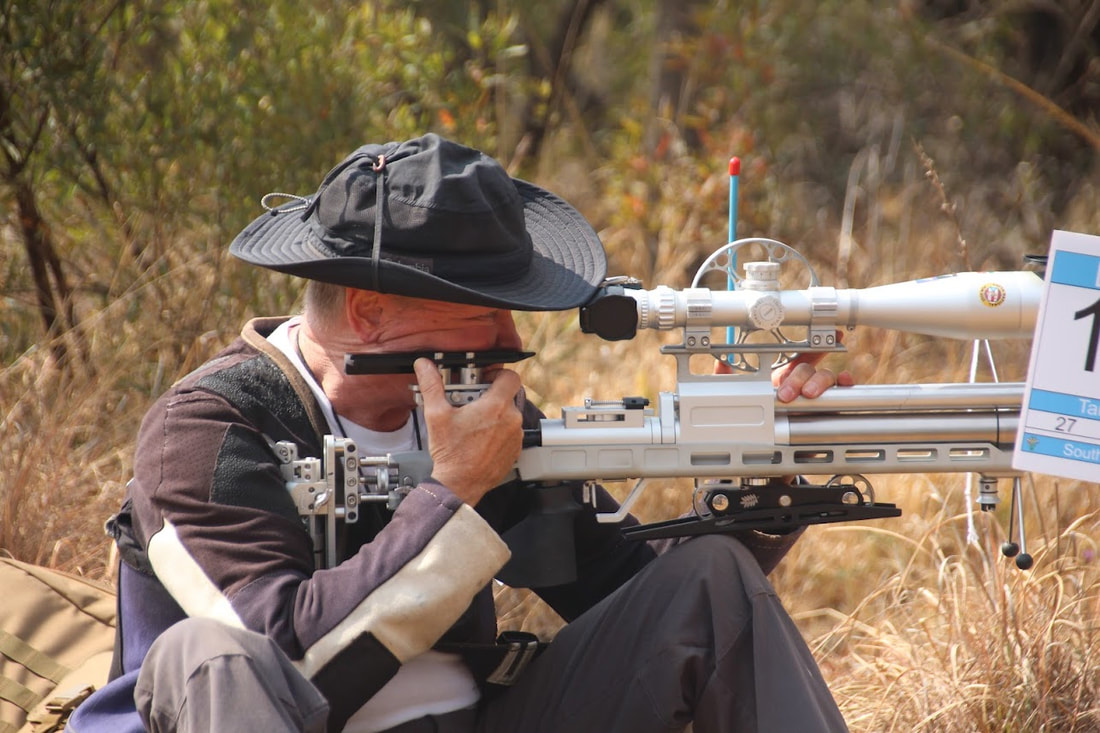
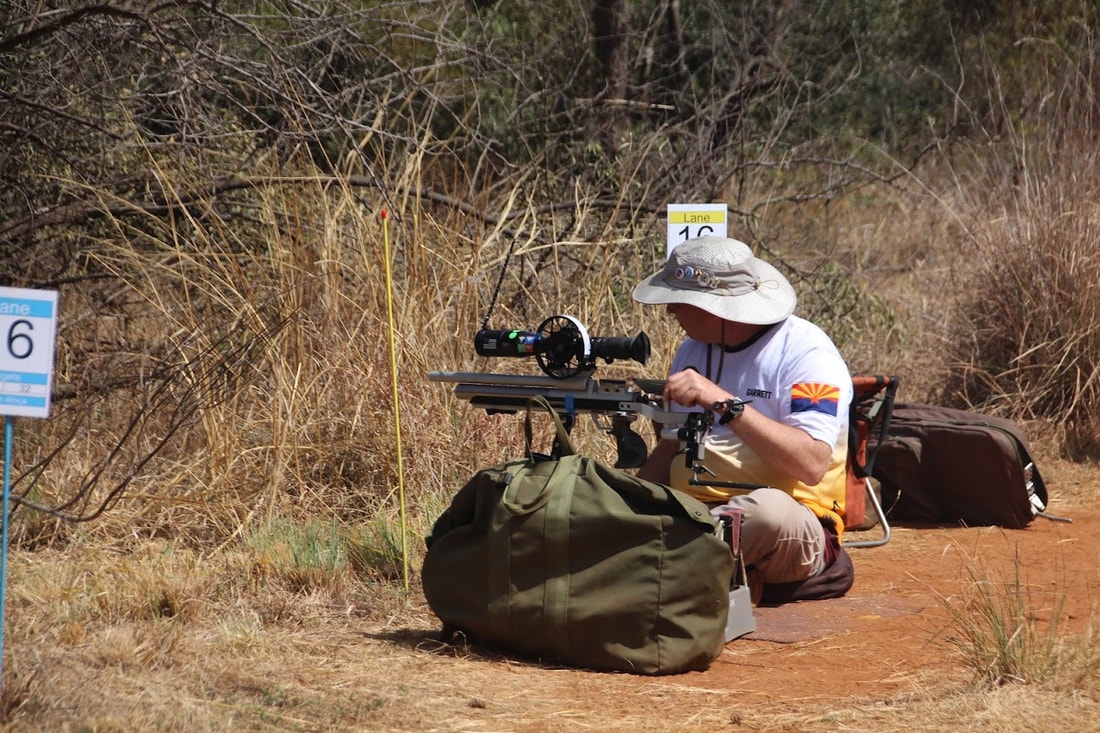
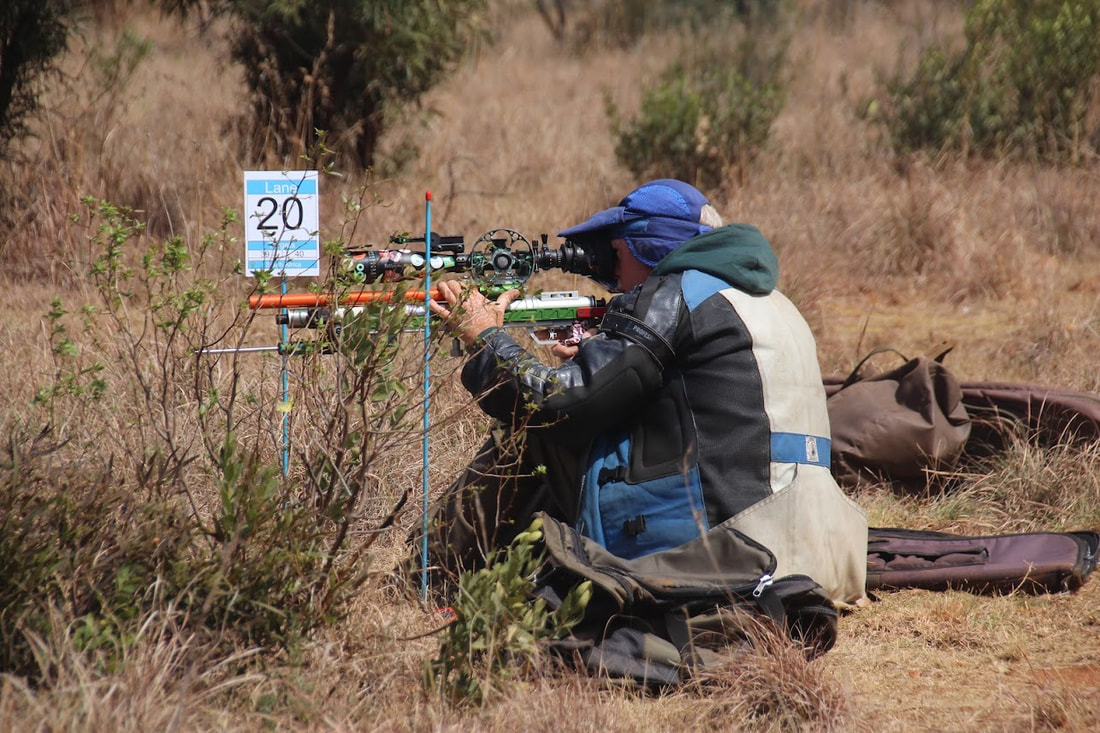
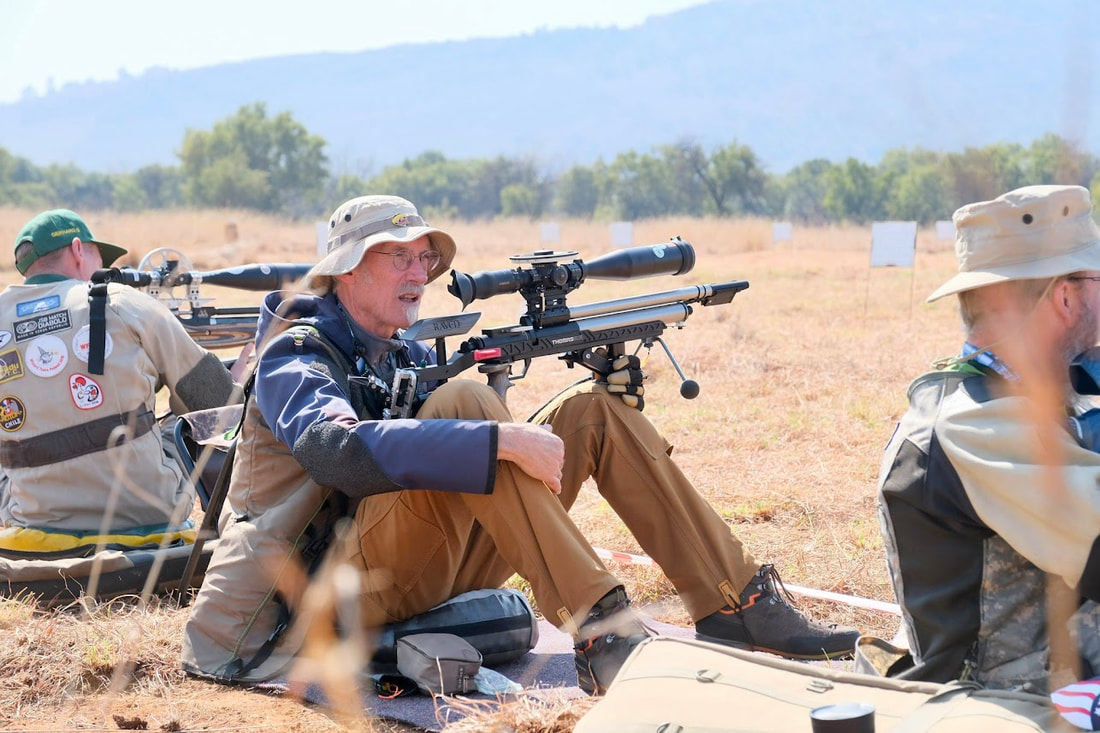
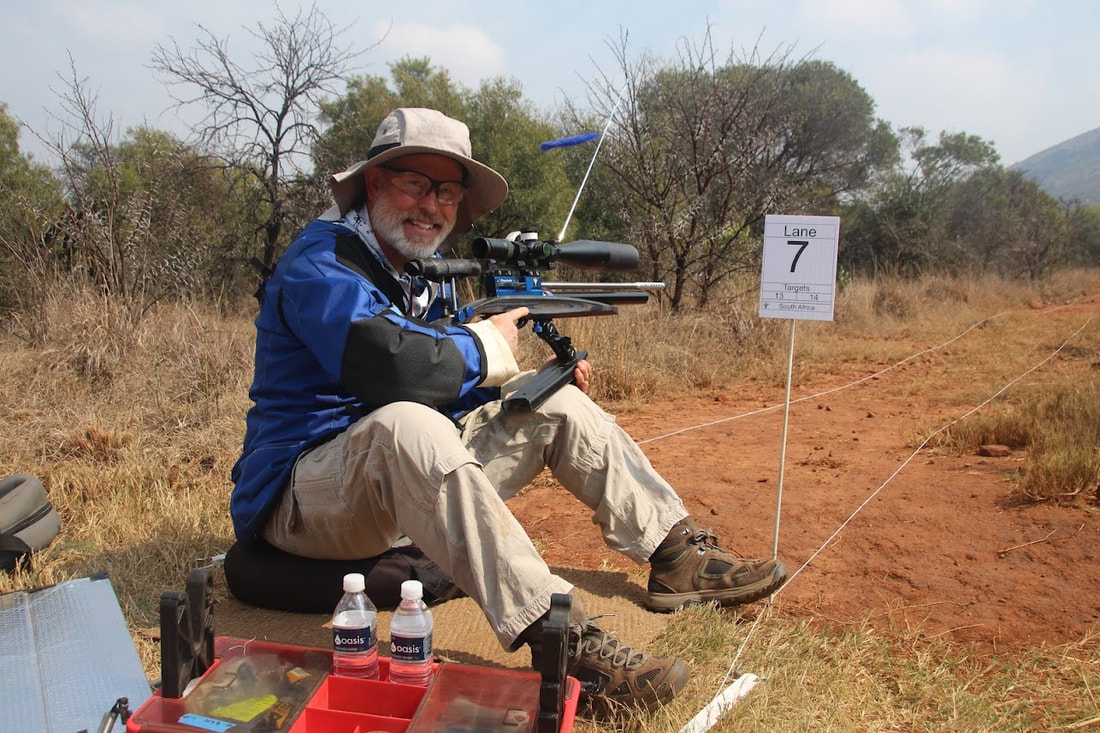
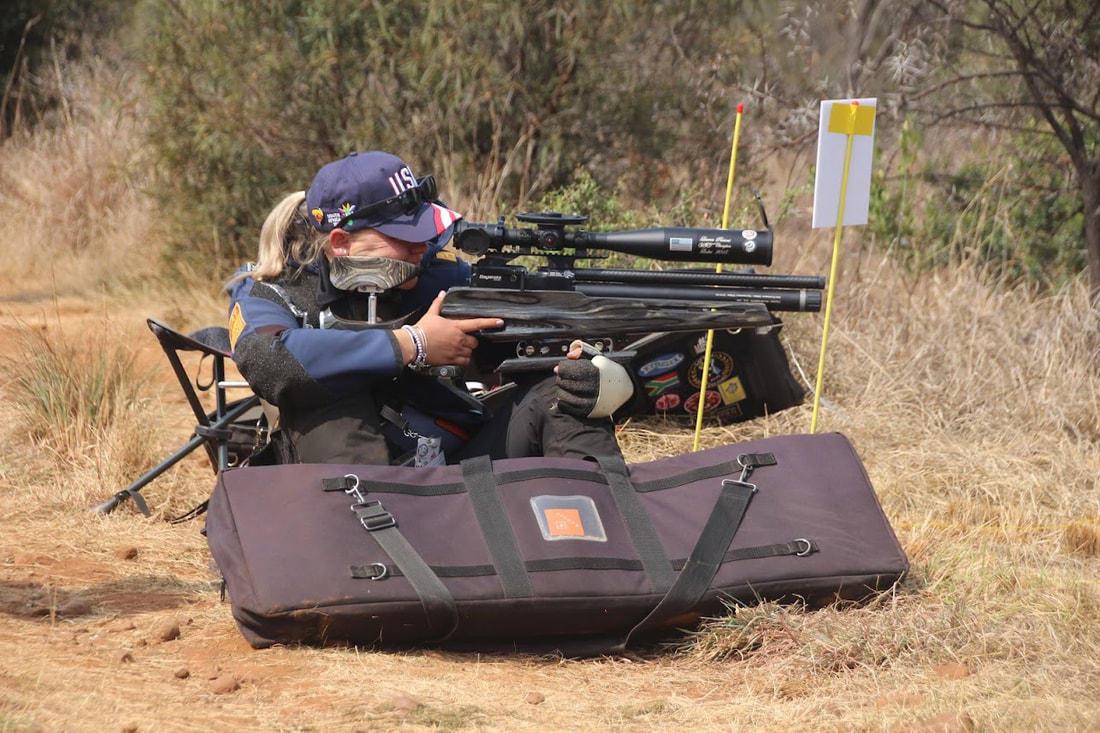
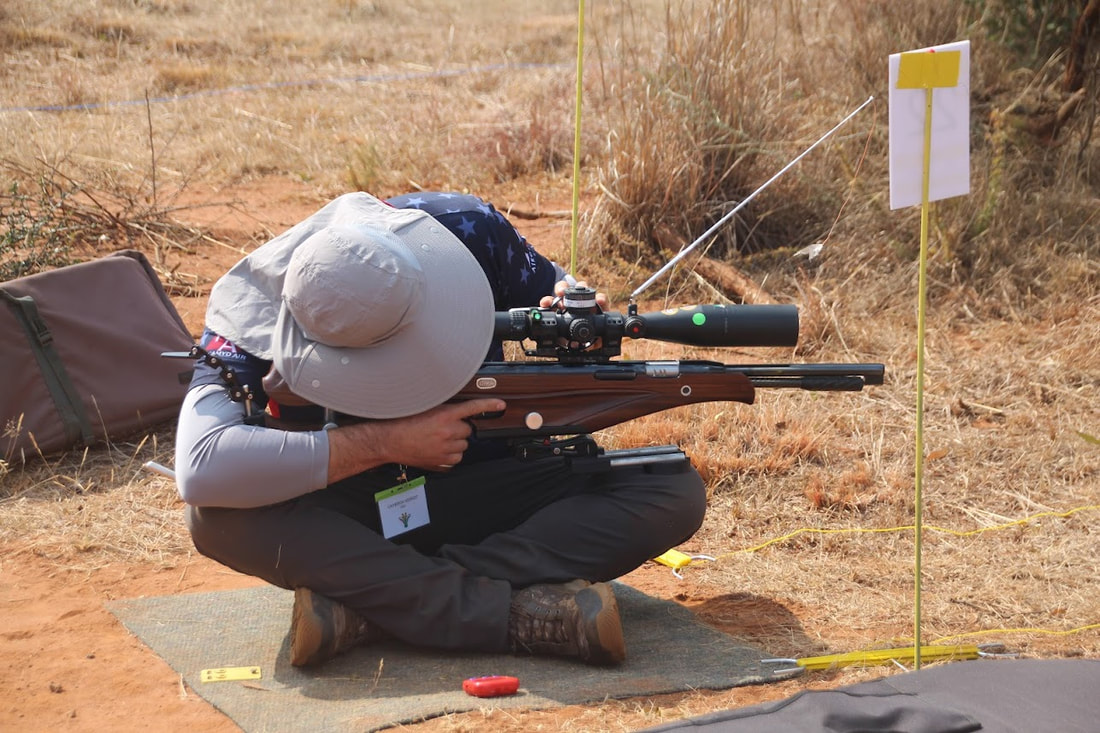
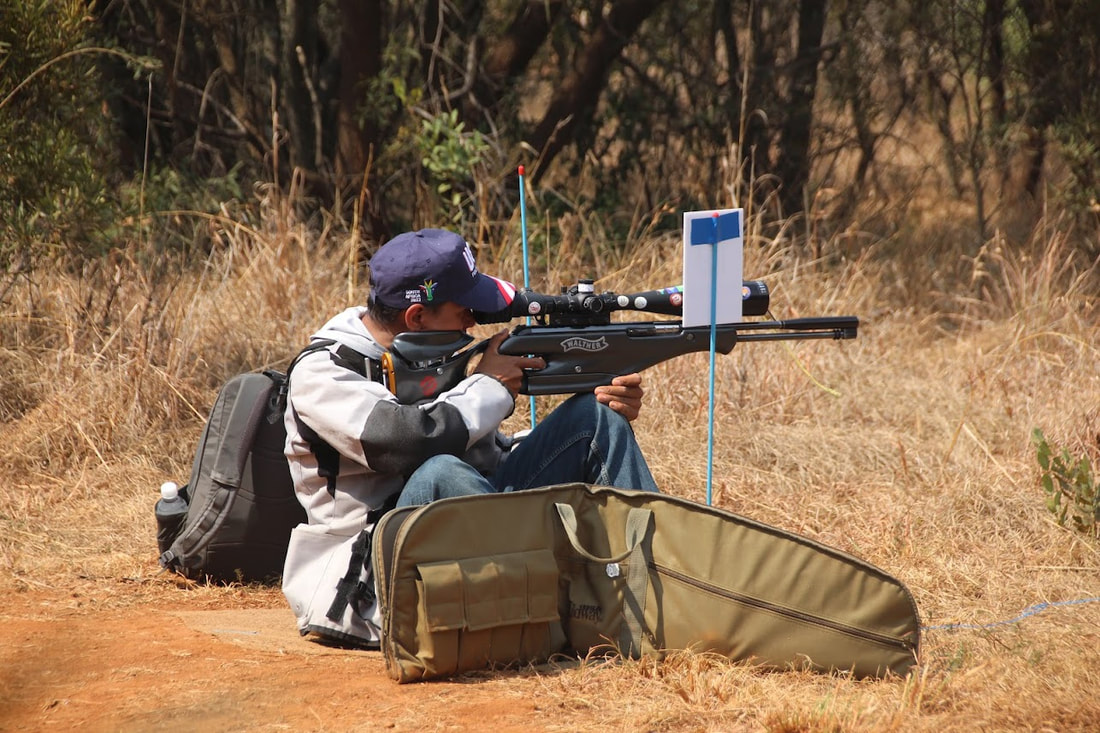
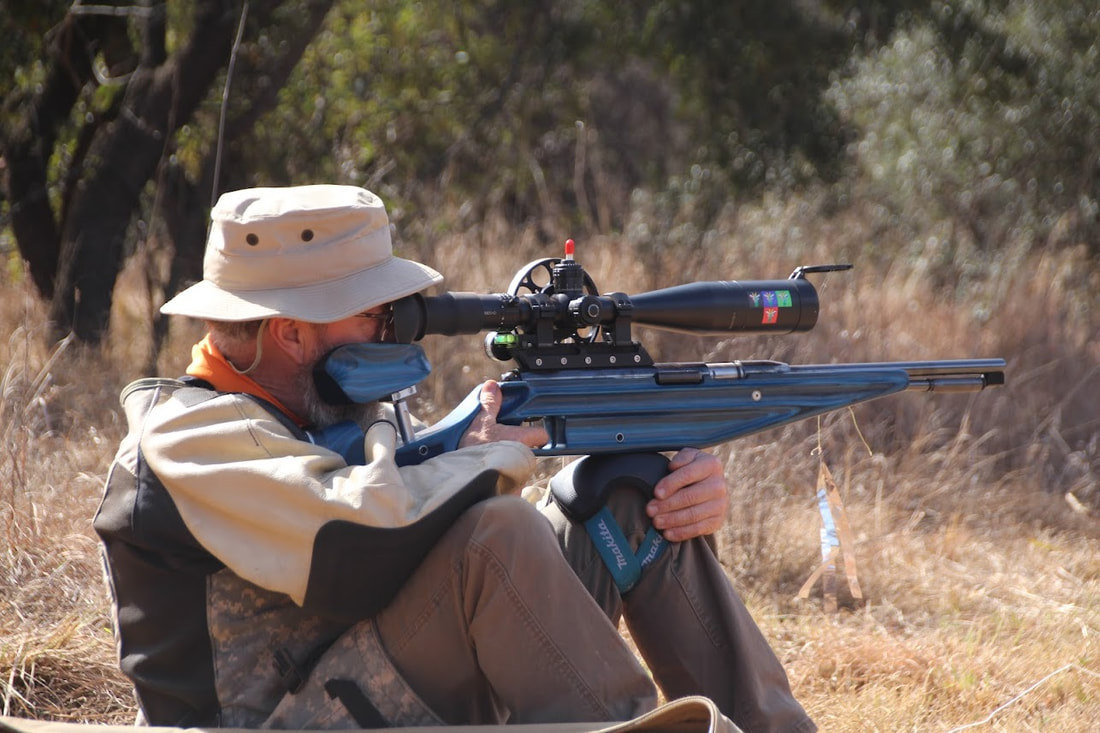
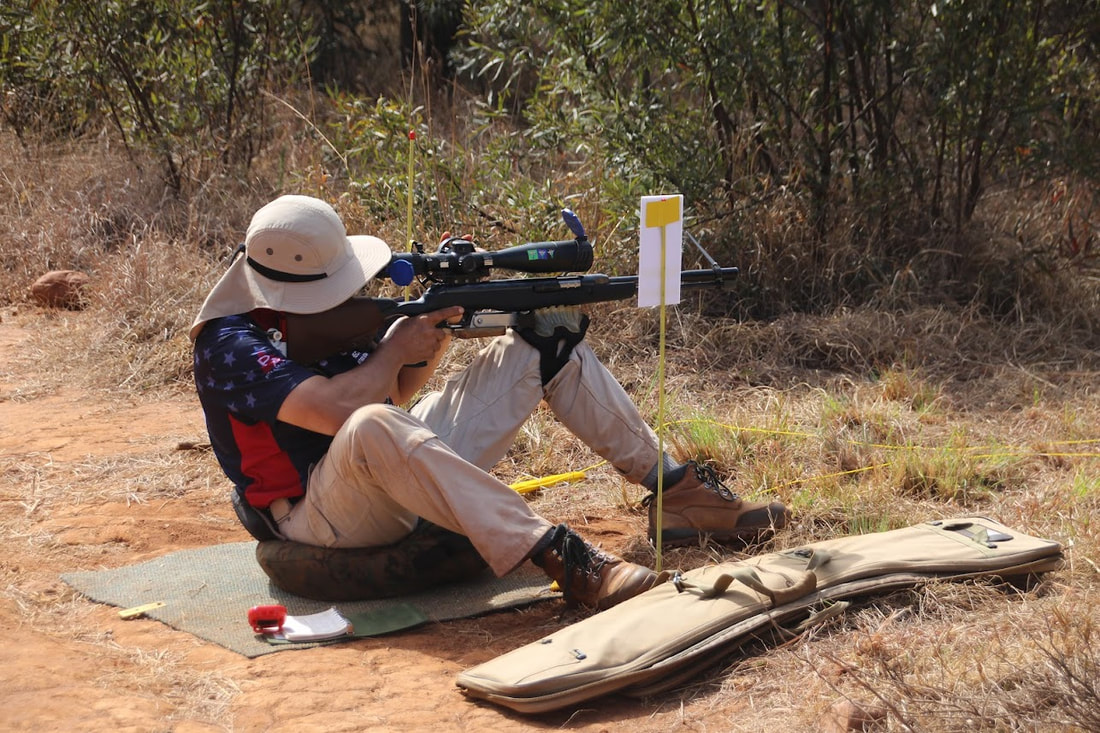
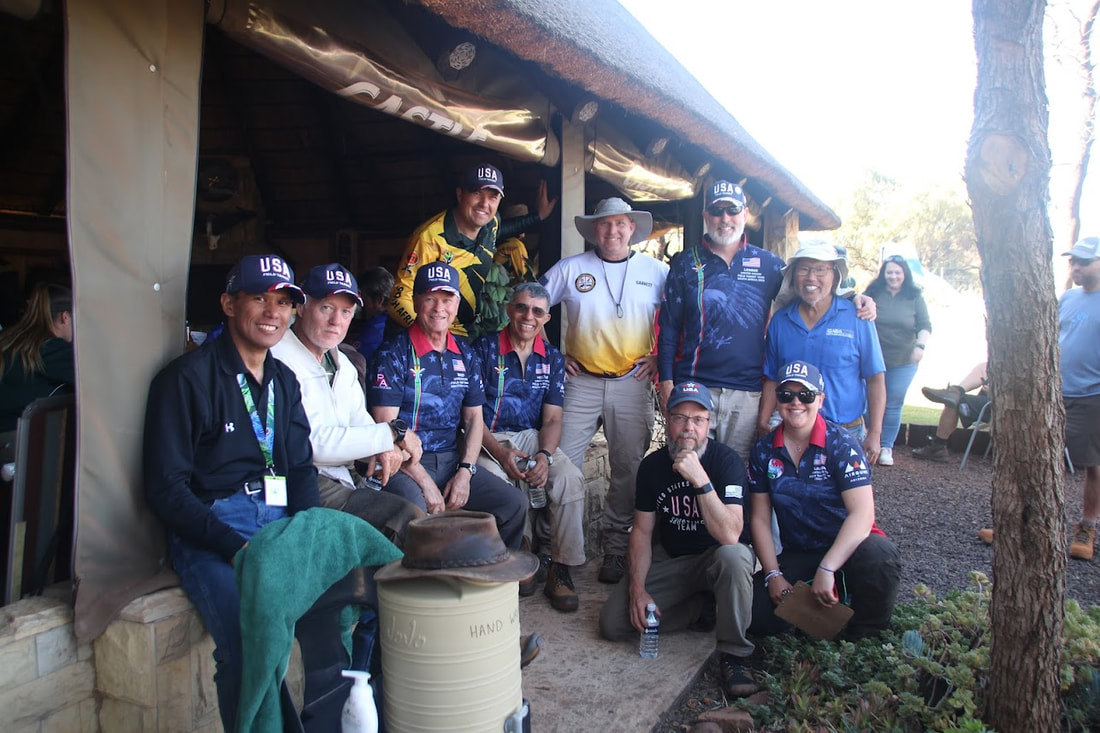
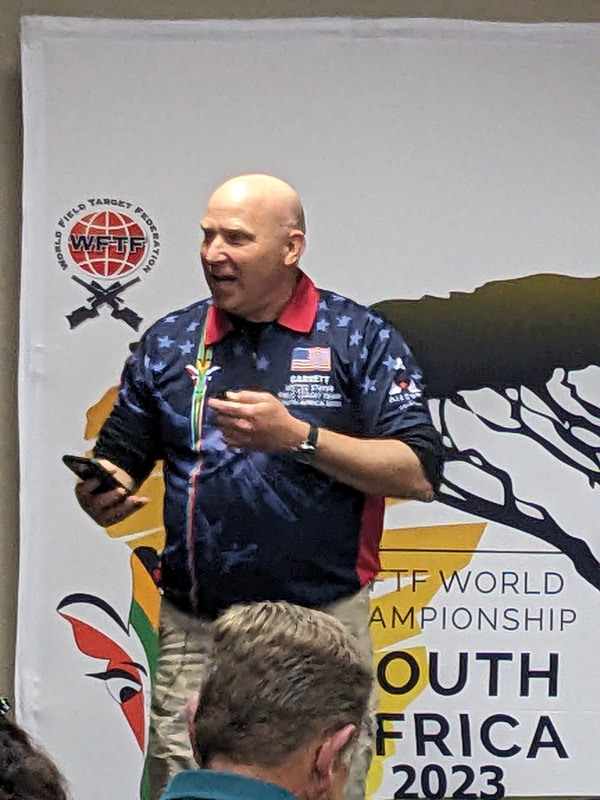
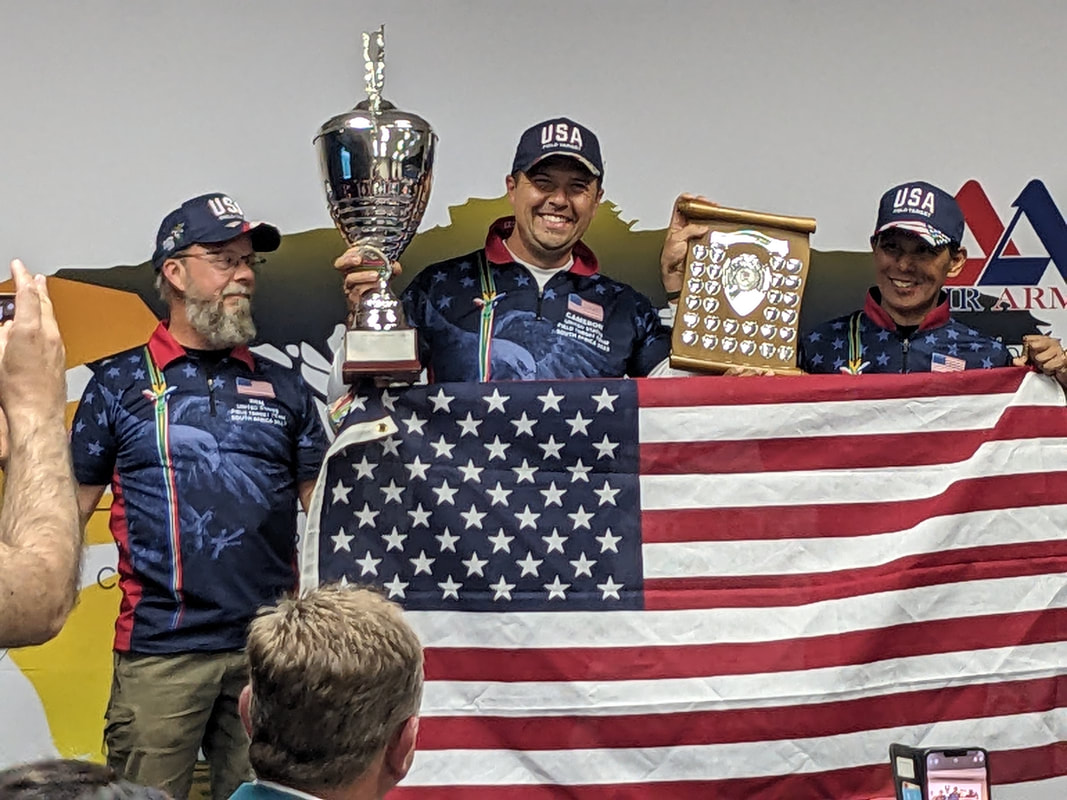
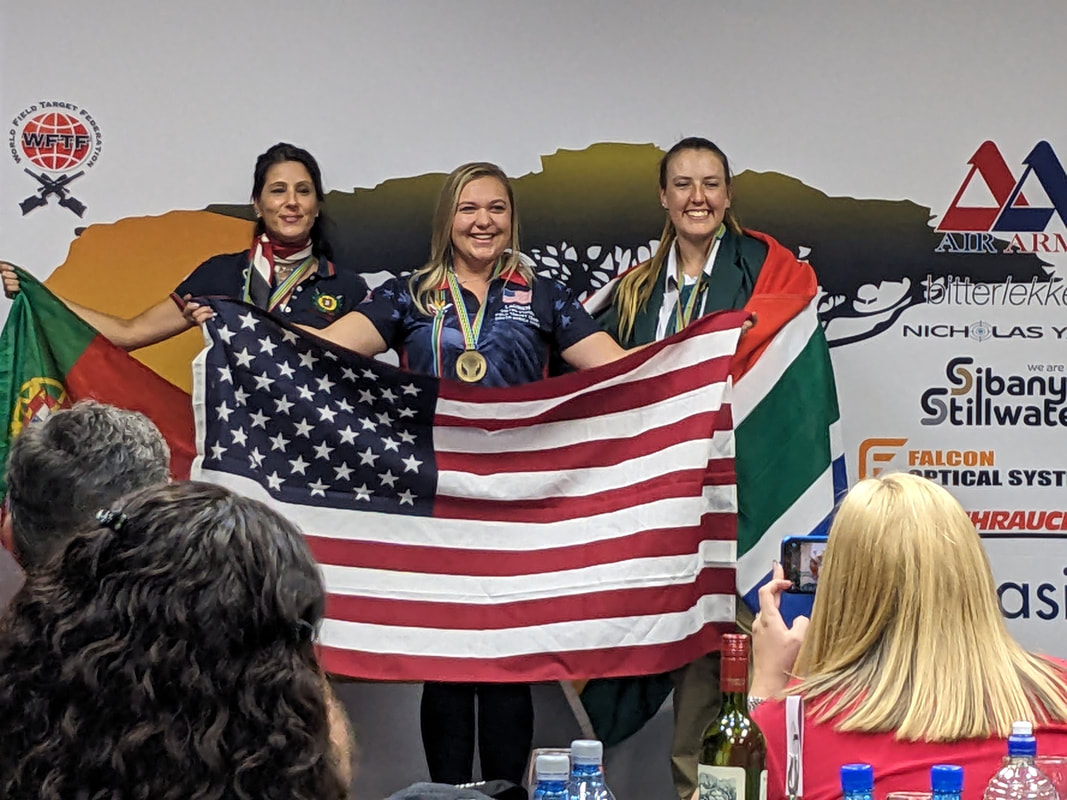
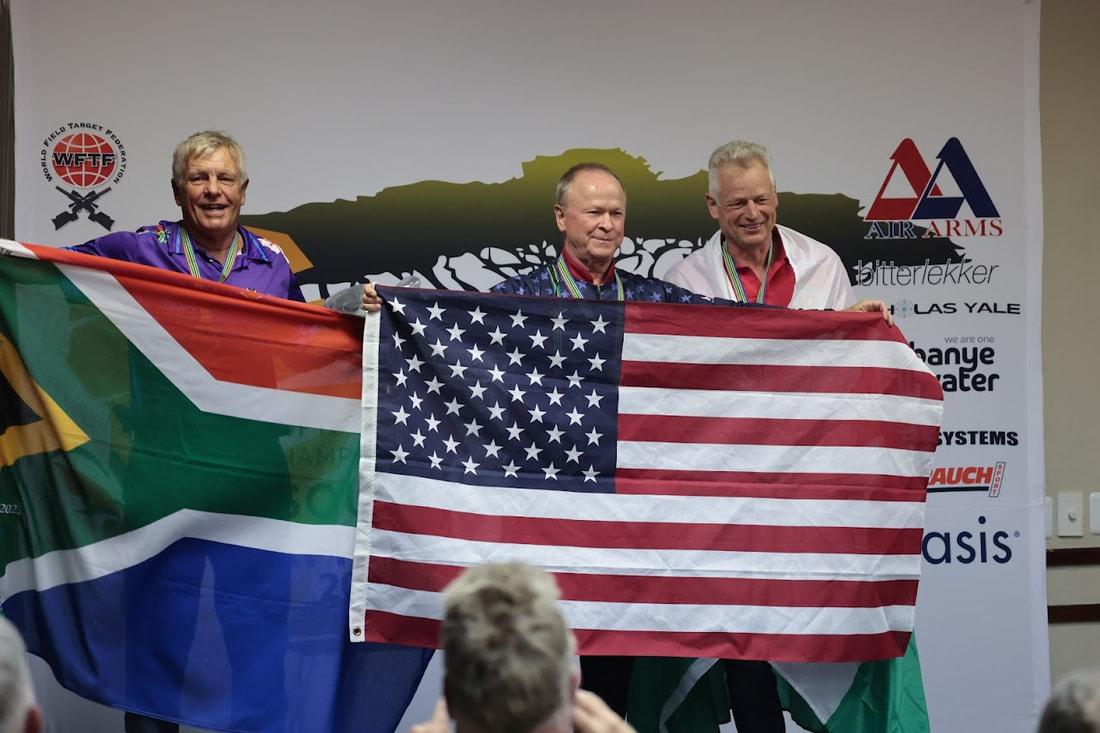
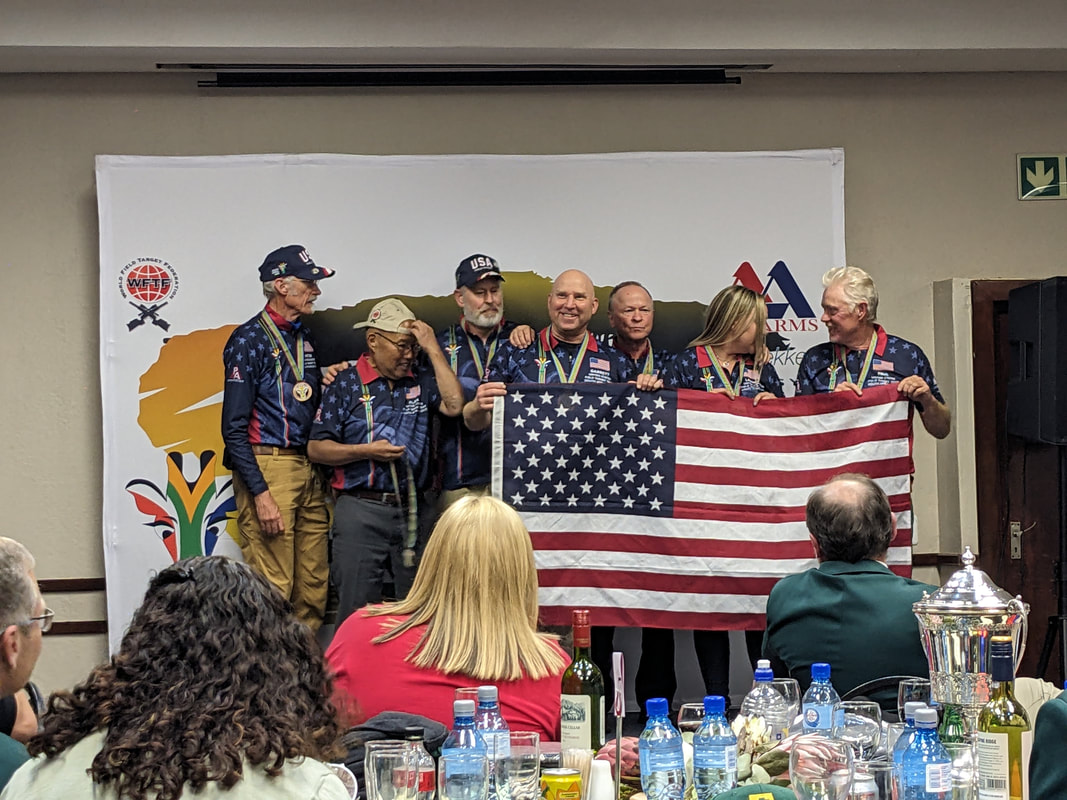
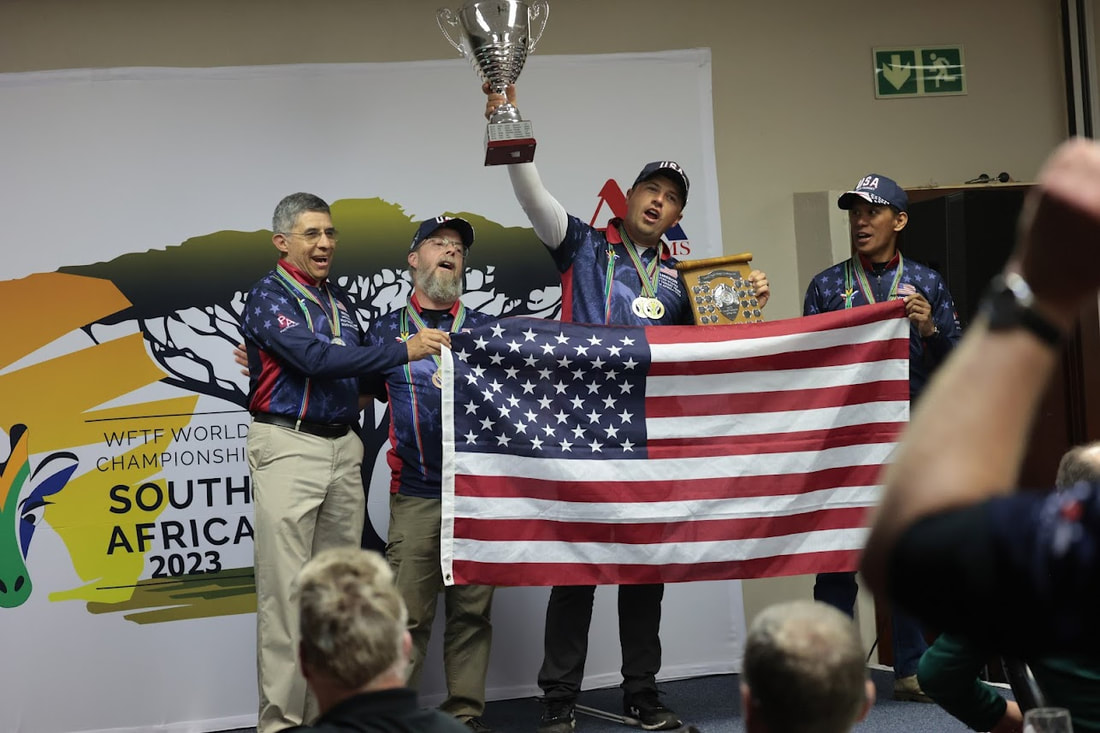
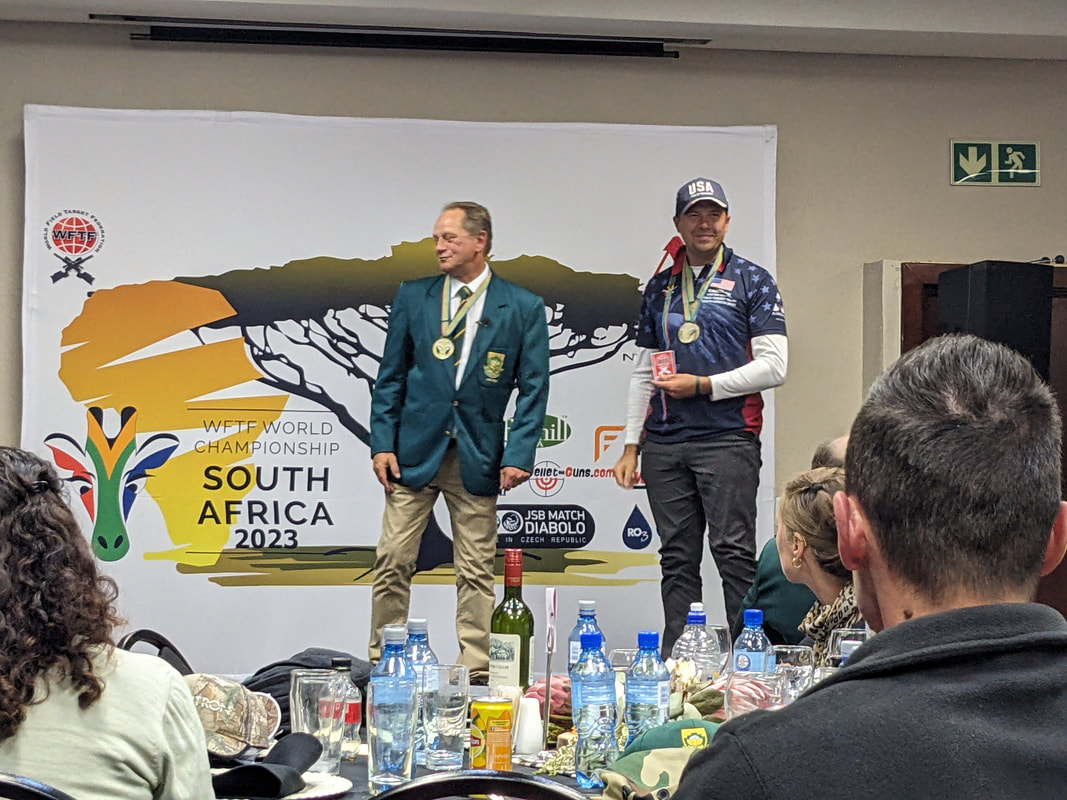
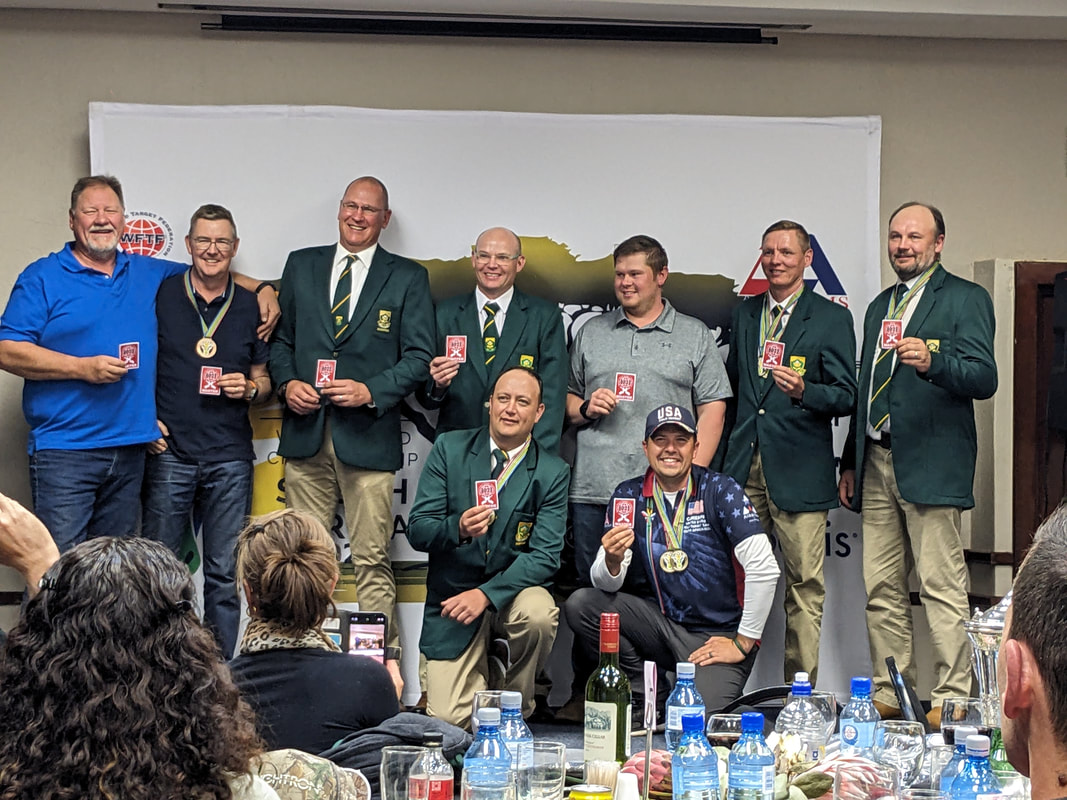
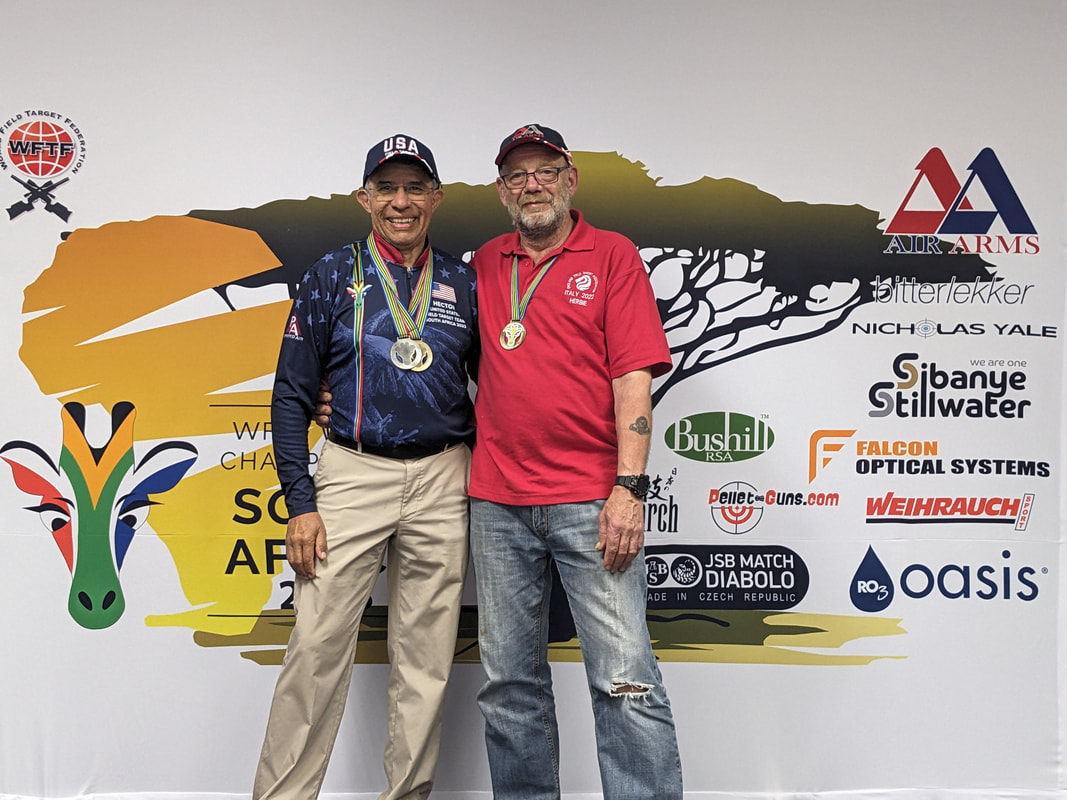
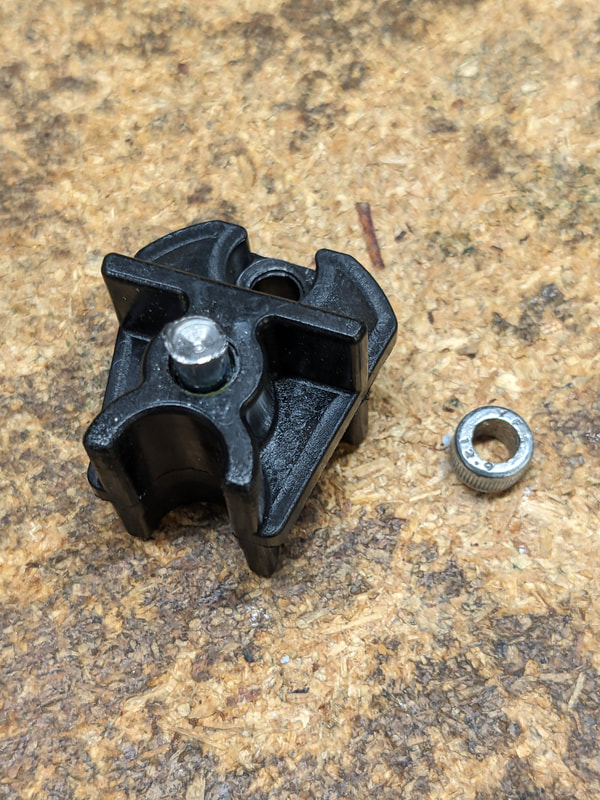
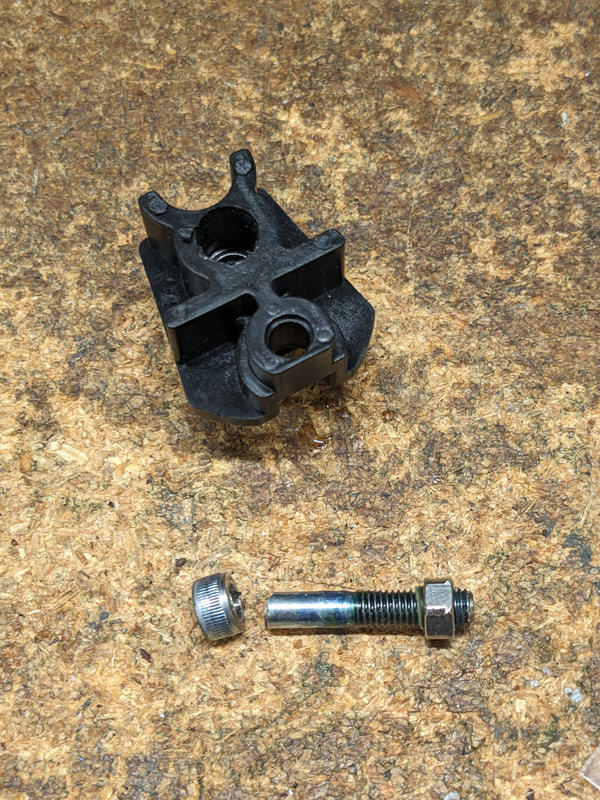
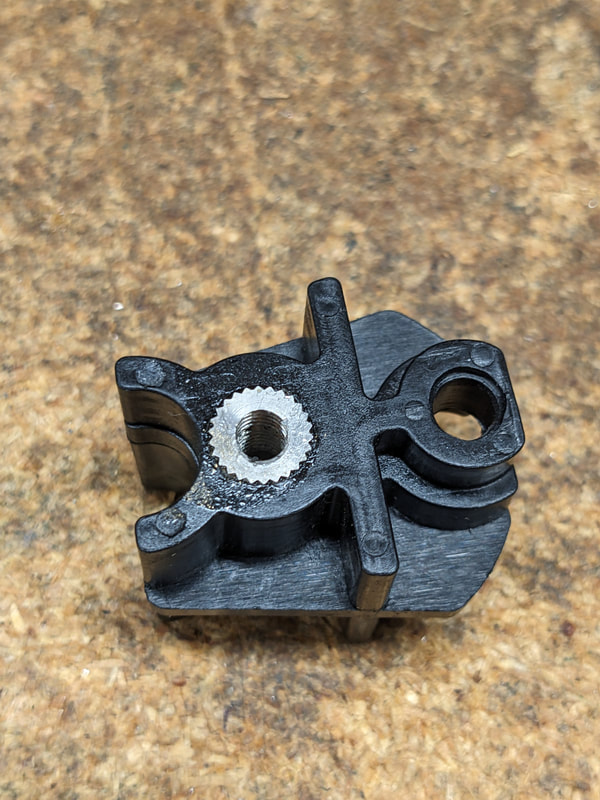
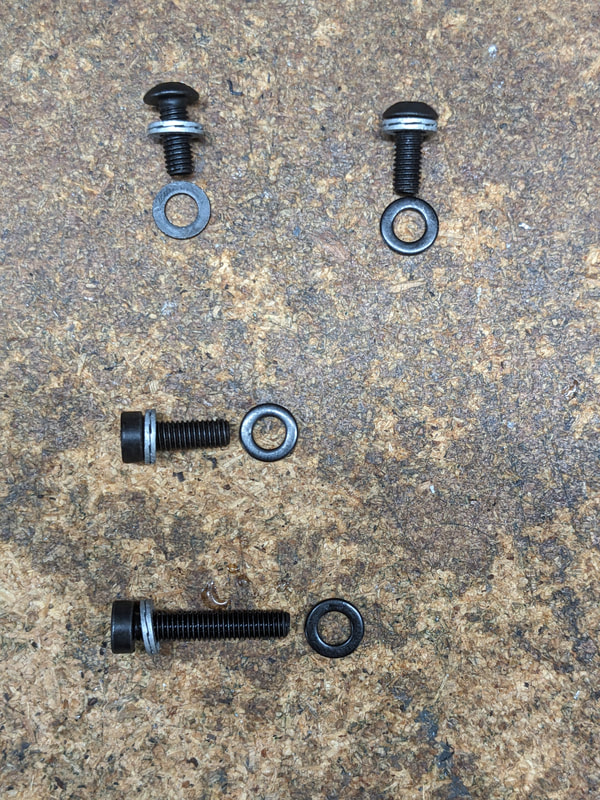
 RSS Feed
RSS Feed